
News and Insights
We believe in sharing knowledge for the benefit of our clients to help you stay informed about the matters that affect you, your family and your business.
Our easy to understand, jargon free news and insights will enable you to stay up to date with a range of topics from legislative changes to news and case studies as well as practical guidance and advice that will help you to navigate your opportunities and challenges.
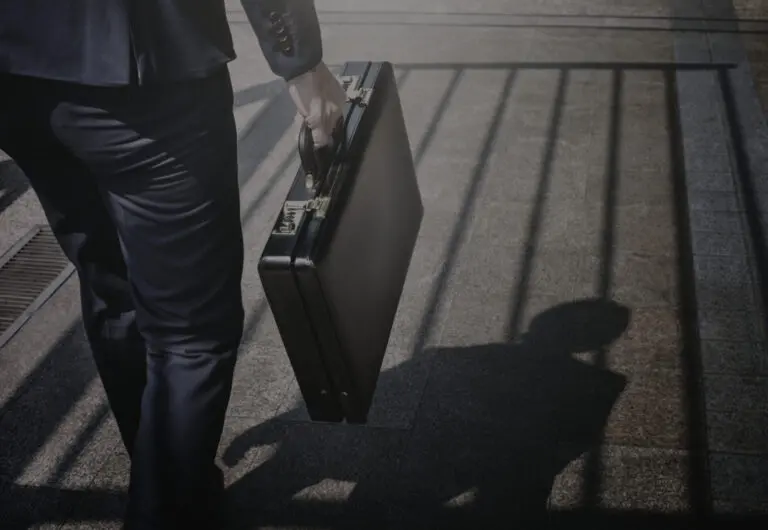
How to prepare for a secure business exit
Blog
–

Harrison Drury appoints new head of business development to drive growth
News
–

Leisure Sector Update: Where is the Employment Rights Bill up to?
Newsletters
–

Leisure Sector Update: Employment Rights Bill – Implementation Road Map
Newsletters
–
Harrison Drury invests for its people with Clitheroe office move
News
–

Statutory demands – cost effective debt recovery for contractors?
Blog
–
Kelly becomes latest recruit for Harrison Drury’s residential property team
News
–
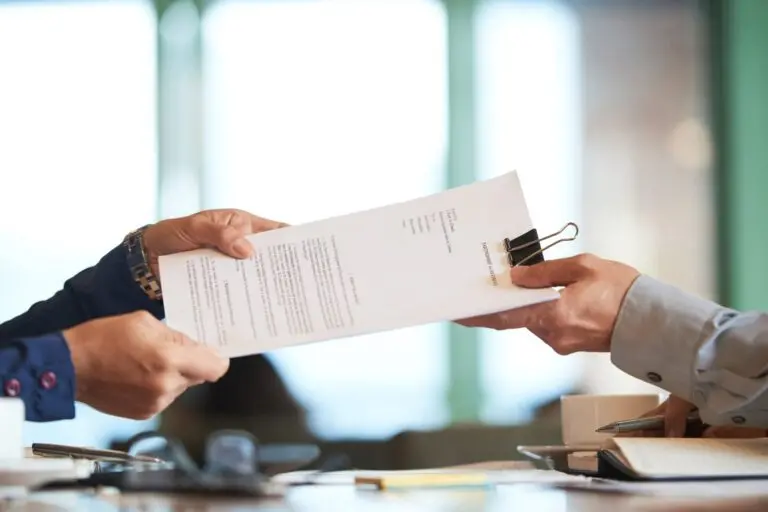
Navigating warranty claims after buying or selling a business
Blog
–

Leisure Sector Update: Court Ruling on Insurance Rent Charges
Newsletters
–

Understanding Family Investment Companies for wealth planning
Blog
–
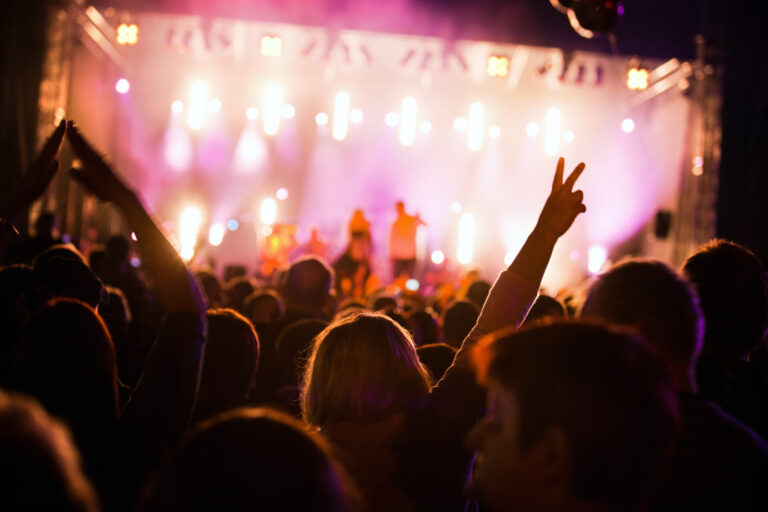
Human rights and the Landlord and Tenant Act 1954
Blog
–

Understanding expert impartiality in legal cases
Blog
–

Harrison Drury supports council in removing trespassers from two city parks
Blog
News
–

Harrison Drury boosts insolvency law team with new appointments
News
–
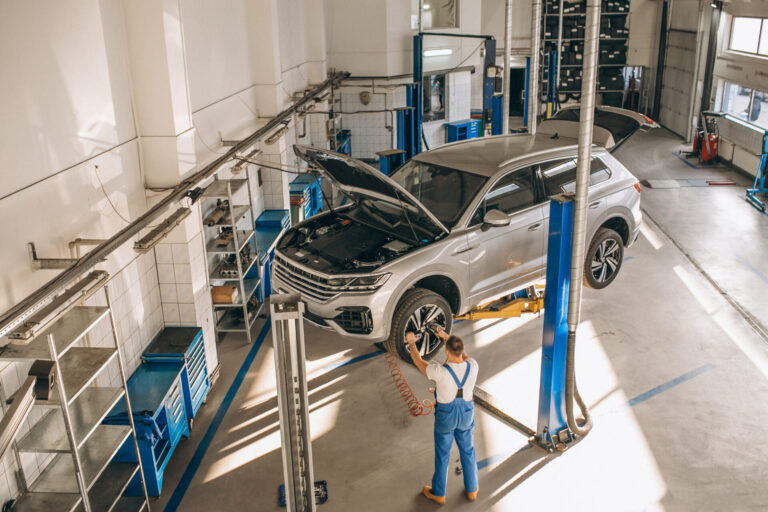
What Kwik-Fit Properties Ltd v Resham Ltd means for commercial lease renewals
Blog
–

Leisure Sector Update: Practical implications of the UK Supreme Court ruling on the definition of ‘woman’ and ‘sex’
Newsletters
–

Understanding health and safety prosecutions without accidents
Blog
–

Harrison Drury continues to expand Manchester corporate team with latest appointment
News
–

Harrison Drury helps secure future of global tech recruitment firm
News
–

Harrison Drury makes 17 promotions in latest commitment to staff development
News
–

Harrison Drury advises long-standing Preston based firm on leadership transition
News
–

Harrison Drury advises on acquisition of iconic Belsfield Hotel
News
–

Harrison Drury strengthens wills, trusts and probate offering in Manchester with key hire
News
–

Leisure Sector Update: VE Day Celebration and Licensing hours extension from 11pm – 1am
Newsletters
–

A High Court decision against granting interim injunctions in relation to rights of light
News
–

Harrison Drury bolsters commercial property team in Manchester
News
–

Commercial and IP solicitor joins Harrison Drury’s Manchester team
News
–

Leisure Sector Update: May Bank Holidays and Temporary Event Notices
Newsletters
–

Experienced probate specialist joins Harrison Drury’s wills, trusts and probate team
News
–

Leisure Sector Update: Easter and Temporary Event Notices
Newsletters
–

Harrison Drury strengthens land and property dispute resolution team with latest appointment
News
–

New regional heads appointed for Harrison Drury’s private client team
News
–

Leisure Sector Update: Bank Holidays: 1 April 2024 – 31 March 2025
Newsletters
–

Harrison Drury advises shareholders of South East-based nursery group on sale to Kids Planet
News
–

Adjudication in construction: Resolving disputes efficiently
Blog
–

Leisure Sector Update: British Summertime: A reminder
Newsletters
–

Collateral warranties in construction: Do you need one from a sub-sub-contractor?
Blog
–

Harrison Drury advises Santé Group on acquisition of popular employee wellbeing app
News
–

Unwrapping the Extended Producer Responsibility for packaging suppliers and importers
Blog
–

Leisure Sector Update: Extended Producer Responsibility (EPR)
Newsletters
–

Harrison Drury marks Manchester growth with move to larger office
News
–

Brown v Ridley: the Supreme Court clarifies the ‘ten year’ rule of adverse possession
News
–

Accelerate Action – Celebrating International Women’s Day 2025
News
–

Harrison Drury strengthens corporate team in Manchester with senior associate appointment
News
–

Misrepresentation and Section 25 notices
Blog
–

Updates to Companies House rules on identity verification and authorised corporate service providers
Blog
–

Harrison Drury partners complete management buyout
News
–

Understanding new home warranties: What homeowners need to know before making a claim
Blog
–

Harrison Drury adds to growing commercial property team
News
–

Leisure Sector Update: Off sales easements
Newsletters
–

Harrison Drury welcomes new partner to commercial dispute resolution team in Kendal
News
–

The Court of apple rules on Thatchers v Aldi
Blog
–

Leisure Sector Update: Changes to Age Verification for Alcohol Sales: The Introduction of Digital ID
Newsletters
–

Recent HSE statistics on non-fatal injuries to workers
Blog
–

Harrison Drury advises Palletower on buyout of Yorkshire racking business
News
–

Harrison Drury announces charity partners for 2025
News
–

Lucy Benton to head up Harrison Drury’s Kendal office
News
–

When to consider the removal of an executor
Blog
–
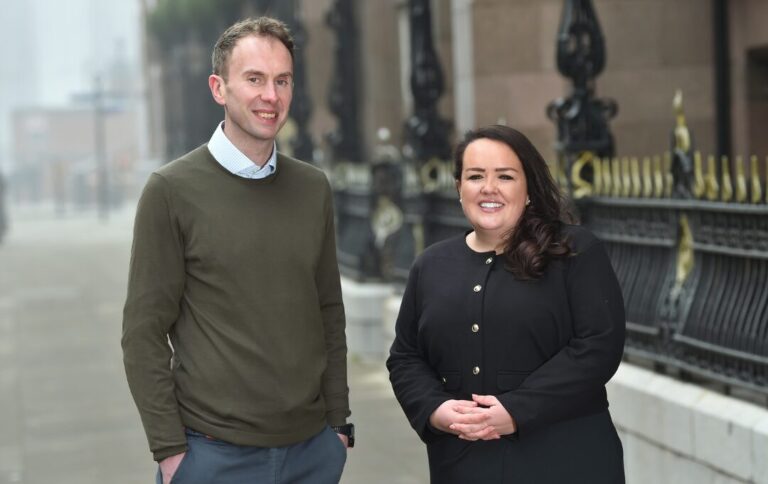
Harrison Drury appoints Heather Morris to grow insolvency team in Manchester
News
–

Reporting obligations under RIDDOR
Blog
–

Experienced associate solicitor joins Harrison Drury’s private client team
News
–

All change to business tenancies?
News
–
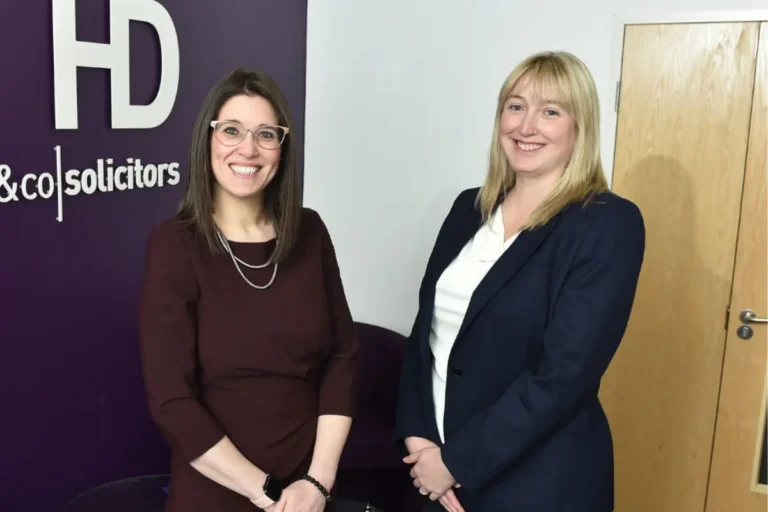
Experienced solicitor Kerry strengthens Harrison Drury’s commercial property team
News
–

Harrison Drury advises on major metals deal
News
–

Leisure Sector Update: Reclaiming the High Street: Government Launches Retail Auction Scheme
Newsletters
–

Experienced commercial and intellectual property lawyer joins Harrison Drury as partner
News
–

Harrison Drury helps Preston bar launch Christmas Market attraction
News
–

A review of the recent changes bringing in high street rental auctions
Blog
–

Harrison Drury teams advise on major care sector transaction
News
–

Damage to commercial buildings from adverse weather – who’s responsible for repairs?
Blog
–
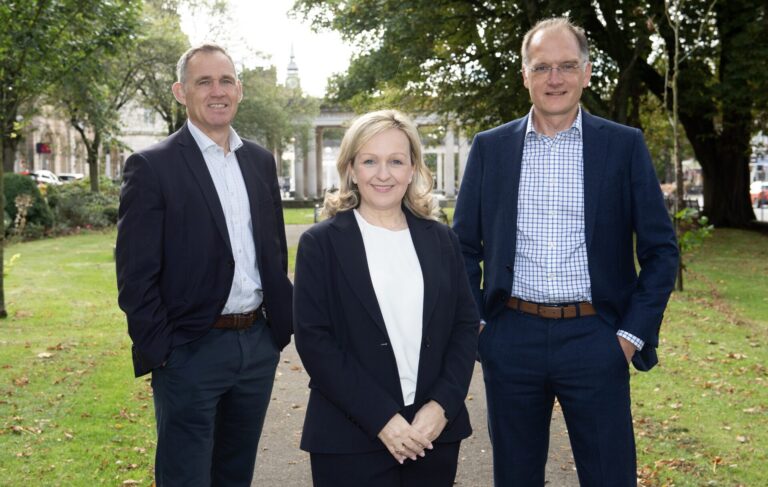
Harrison Drury completes merger with Merseyside specialist family law practice
News
–

Leisure Sector Update: The Christmas period and Temporary Event Notices
Newsletters
–

Harrison Drury grows employment team in Manchester
News
–

Autumn Budget 2024 in review – What farmers and landowners should be considering now
Blog
–

Autumn Budget 2024 in review – What will be the impact on M&A activity?
Blog
–

Harrison Drury becomes a strategic partner of Preston Partnership
News
–

Harrison Drury retains place in Best Companies to Work For list
Awards
News
–

Farm Safety: Fatal injury statistics and HSE inspections and prosecutions
Blog
–

Leisure Sector Update: The Hidden Challenges of Regaining Possession of Closed Pubs
Newsletters
–

Imminent new legal duty on employers to prevent sexual harassment
Blog
–

Harrison Drury gains Chambers and Partners rankings
Awards
News
–

Leisure Sector Update: A timely reminder in relation to some upcoming dates for the diary
Newsletters
–

Alex, Ben and Charles qualify as solicitors
Careers
News
–

Harrison Drury has more teams recognised by prestigious Legal 500
Awards
News
–

Harrison Drury unveils new partner and associate solicitors in latest round of promotions
Careers
News
–

Leisure Sector Update: Imminent new legal duty on employers to prevent sexual harassment
Newsletters
–

Rahman v Hassan: Defining the donatio mortis causa
Blog
–

Covid-19 support scheme abuse: The Insolvency Service and the appointment of a Covid corruption tsar
Blog
–
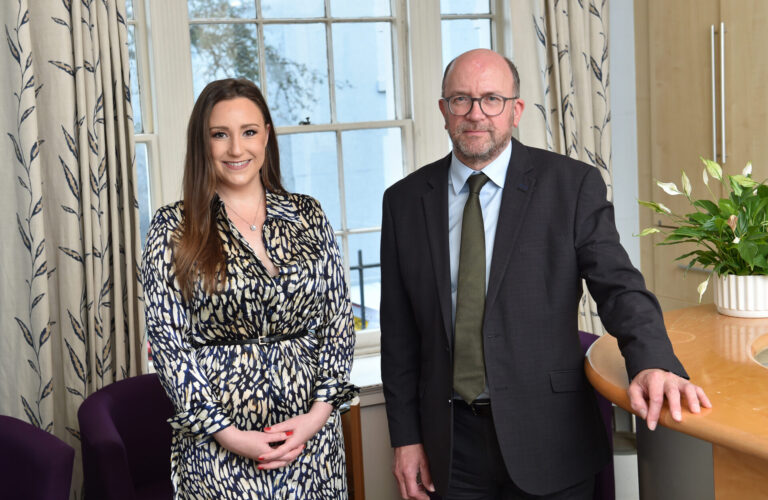
Victoria adds experience to Harrison Drury’s contentious probate and trusts team
News
–

Criminal offences relating to the new corporate compliance regime under the Economic Crime and Corporate Transparency Act 2023
Blog
–

Harrison Drury grows residential conveyancing team in Lancaster
News
–
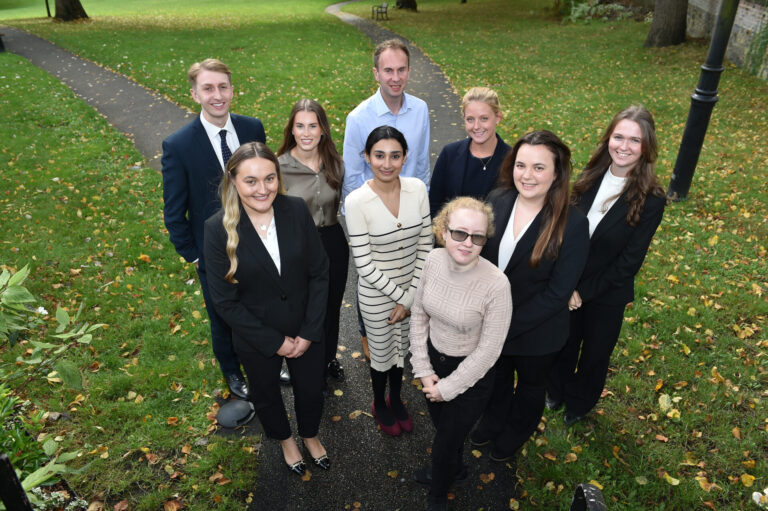
Harrison Drury looks to future with 2024 trainee and apprentice intake
News
–

Harrison Drury advises on seven-figure haulage sector deal
News
–

What is a specified default termination provision in construction law?
Blog
–

Dynamic pricing – Are concert goers right to look back in anger?
Blog
–
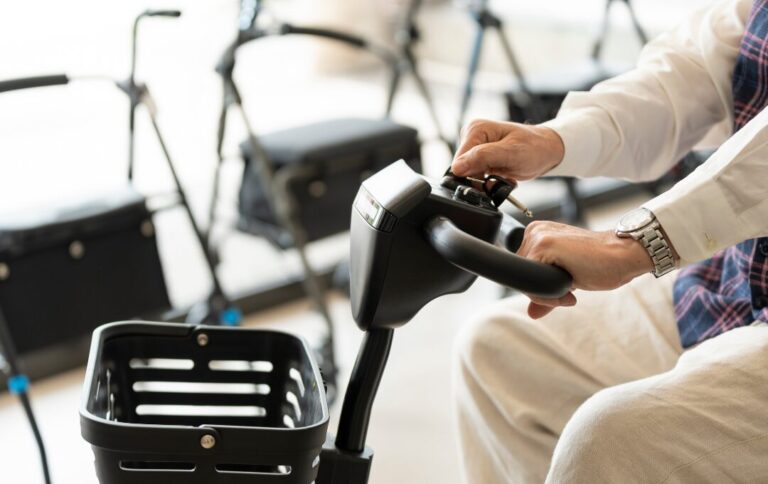
Harrison Drury advises Panoramic on growth investment in Millercare
News
–

Leisure Sector Update: Pret a Manger’s Body Camera Trials – Employment and Data Protection Considerations
Newsletters
–
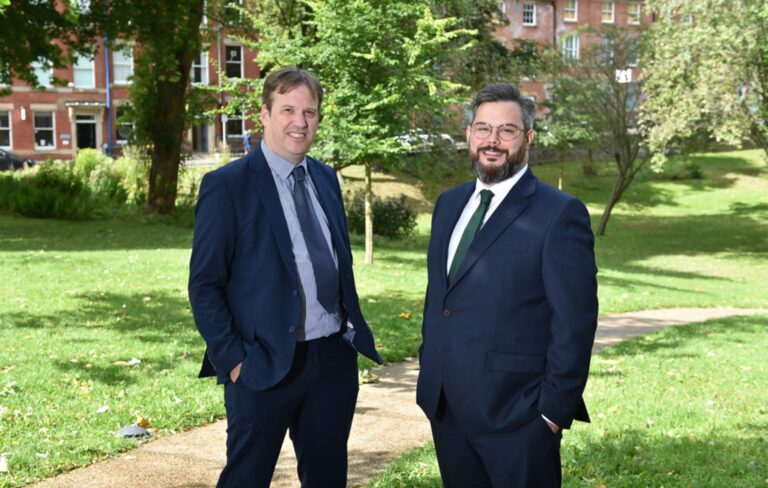
Harrison Drury grows property litigation team in the North West
News
–

Harrison Drury advises on acquisition of Lake District hotel
News
–

Tree restocking notices – what landowners and developers needs to know
Blog
–
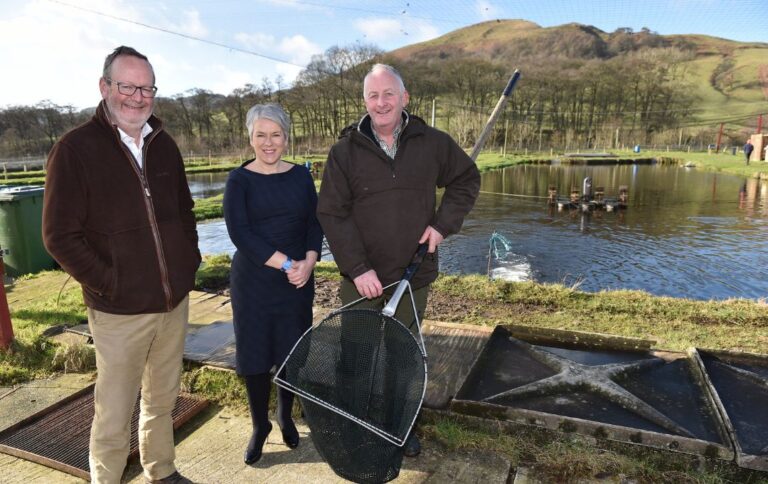
Historic Lancashire trout farming firm expands to fourth site, with support from Harrison Drury
News
–

Leisure Sector Update: A-Level Results Day: Reminder on Alcohol Sales and Underage Compliance
Newsletters
–

Supreme Court ruling on collateral warranties and construction contracts
Blog
–

Harrison Drury announces new appointment for construction law team in Manchester
News
–

Supporting non-gender conforming children as a separated parent
Blog
–

Leisure Sector Update: Summer Bank Holiday – what you need to know
Newsletters
–

Understanding the role of the accountant when a company is insolvent
Blog
–

Harrison Drury secures possession orders for two clients impacted by trespassers
News
–

Dealing with child arrangements during the school holidays
Blog
–

Leisure Sector Update: Employment law changes announced in the King’s Speech
Newsletters
–
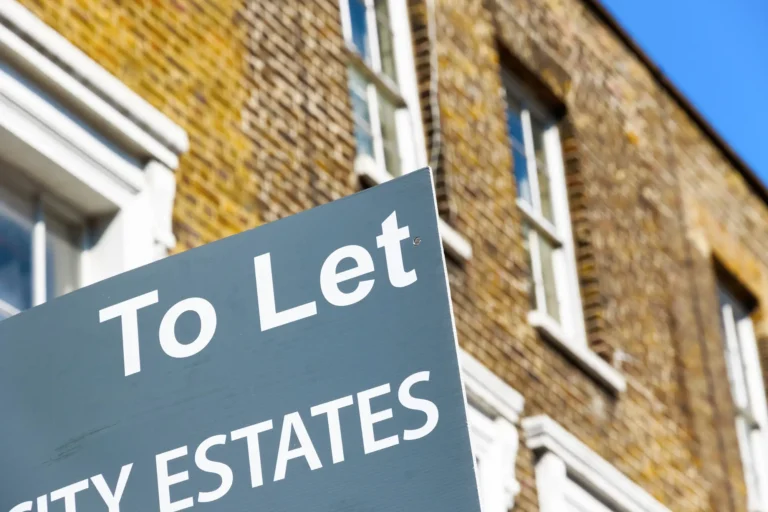
Déjà vu as the Renters’ Reform Bill comes round again in King’s Speech
Blog
–

Employment law changes in the King’s Speech – How they will affect your business
Blog
–

Key changes in the JCT 2024 Suite of Contracts
Blog
–

Harrison Drury appoints barrister Paul Brook to enhance client offering
News
–
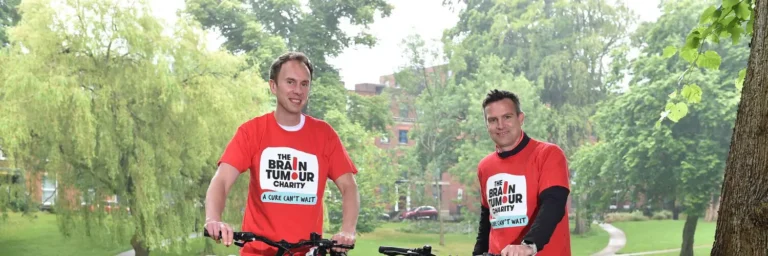
James and Simon launch ‘green commute’ charity challenge in memory of much-loved colleague
Blog
–

What employers need to know about The Employment (Allocation of Tips) Act
Blog
–

Leisure Sector Update: The Employment (Allocation of Tips) Act: What Employers need to know
Newsletters
–
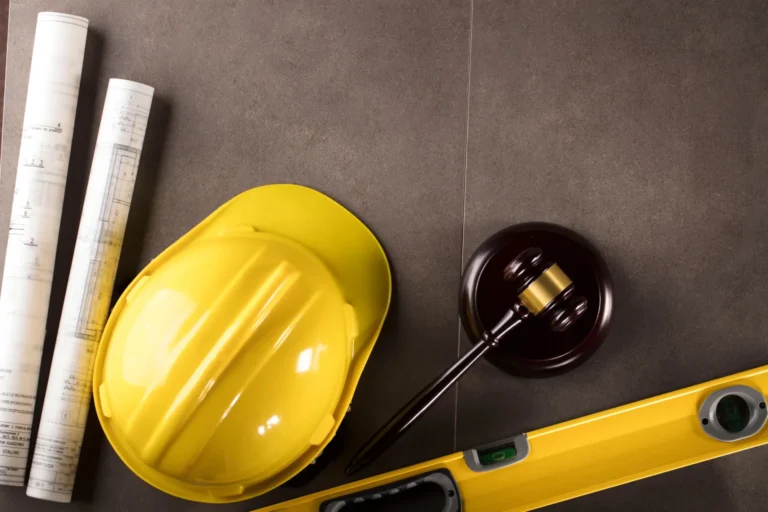
Clarifying the slip rule in construction disputes
Blog
–

Harrison Drury strengthens residential conveyancing team
News
–

Who stores a copy of my will and where is it stored?
Blog
–

Euro 2024 – Safely managing your licensed premises
Blog
–
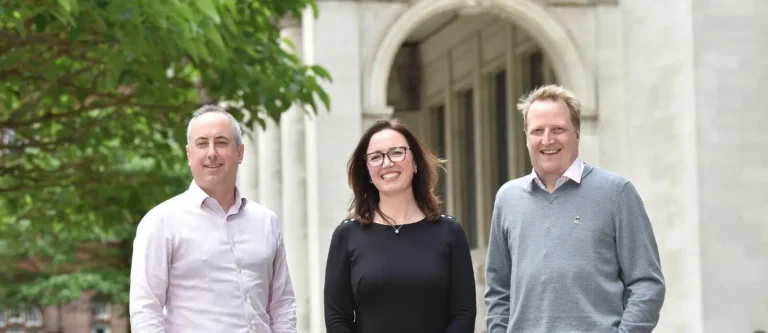
New partner bolsters Harrison Drury’s corporate offering in Manchester
News
–

Senior appointment boosts Harrison Drury’s commercial property team
News
–

How to recognise financial abuse in a relationship
Blog
–

Leisure Sector Update: Update to Hours for Euro 2024
Newsletters
–
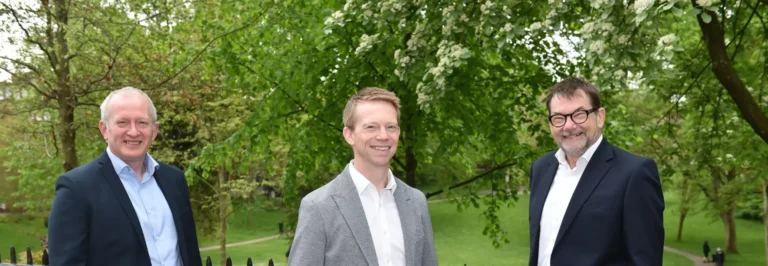
New partners David and Jamie join our employment team
News
–

Euro 2024 – A guide to the key employment law issues
Blog
–

Leisure Sector Update: Hours for Euro 2024
Newsletters
–
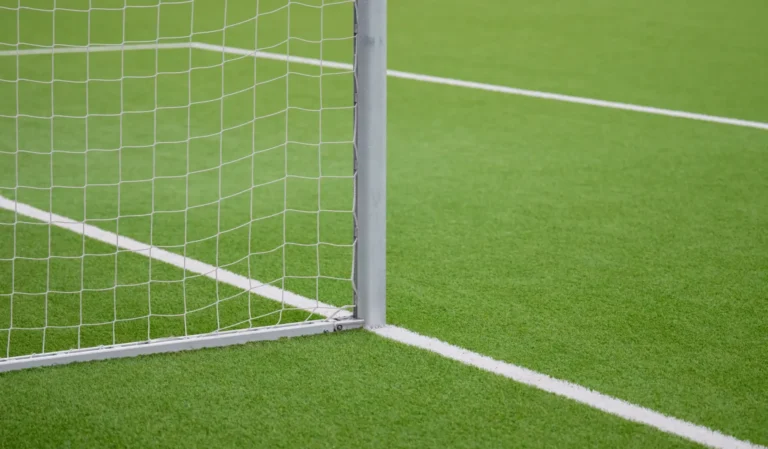
Can security for costs delay adjudication enforcement?
Blog
–

Do I have to share my inheritance after a divorce?
Blog
–

Leisure Sector Update: Levelling Up and Regeneration Act 2023.
Newsletters
–

On Tower UK Ltd v BT – Understanding the termination of a code agreement
Blog
–

Leisure Sector Update: May Bank Holidays and TEN notices
Newsletters
–
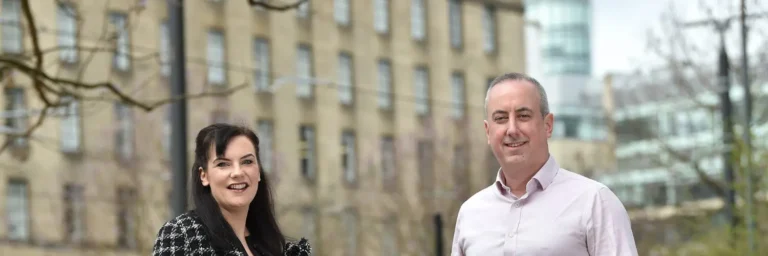
Senior appointment strengthens Harrison Drury’s corporate team in Manchester
News
–
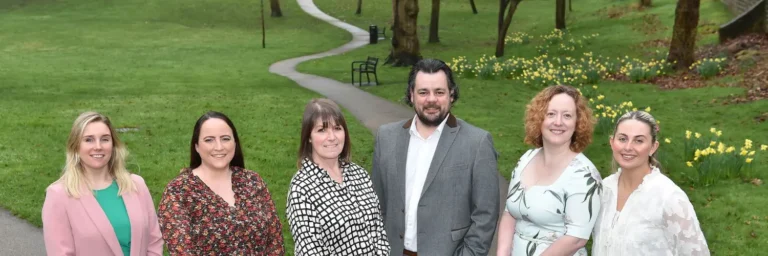
Harrison Drury makes six promotions
News
–

Leisure Sector Update: Holiday accrual and pay for irregular and part year workers – what you need to know.
Newsletters
–

Harrison Drury expands residential property team with latest appointment
News
–
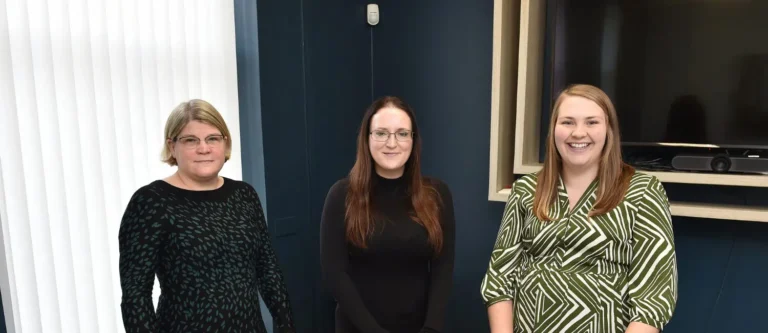
Clare, Holly and Victoria appointed branch leaders of Harrison Drury offices
News
–

Leisure Sector Update: Changes to the National Minimum Wage (NMW) – what you need to know
Newsletters
–

April 2024 Employment Law changes – what businesses need to know
Blog
–

What landlords and tenants need to consider when opposing lease renewals
Blog
–

The benefits of nesting when co-parenting a child
Blog
–

Inspiring inclusion for International Women’s Day 2024
Blog
–

New recruits strengthen Harrison Drury’s employment and corporate teams in Manchester
News
–

Leisure Sector Update: Timely reminders for upcoming dates that may require a Temporary Event Notice (TEN)
Newsletters
–
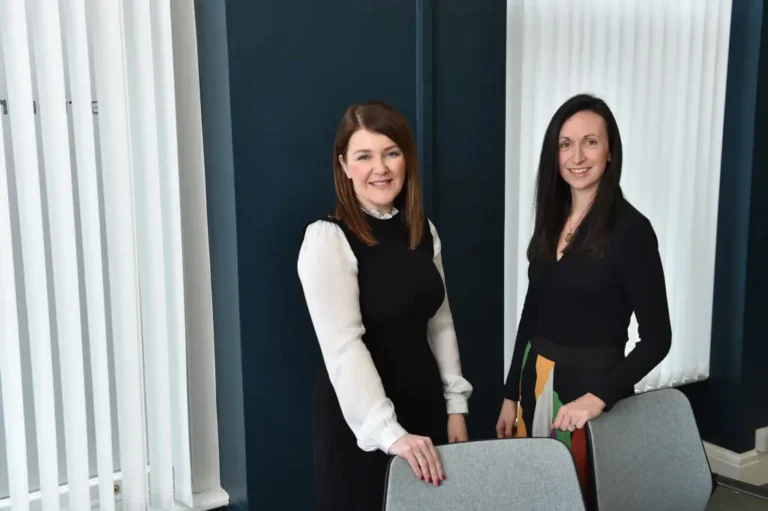
New heads for Harrison Drury’s commercial property team
News
–

Leisure Sector Update: Government consultation on terrorist attacks
Newsletters
–

Harrison Drury helps Manchester pharmacy reopen after shock closure
Blog
–

Evicting unknown trespassers – What the latest Supreme Court ruling means for landlords
Blog
–

New controls on holiday lets – what’s changed?
Blog
–

Pre-nuptial agreements: Do you need one?
Blog
–

What are property searches and why should they be carried out?
Blog
–
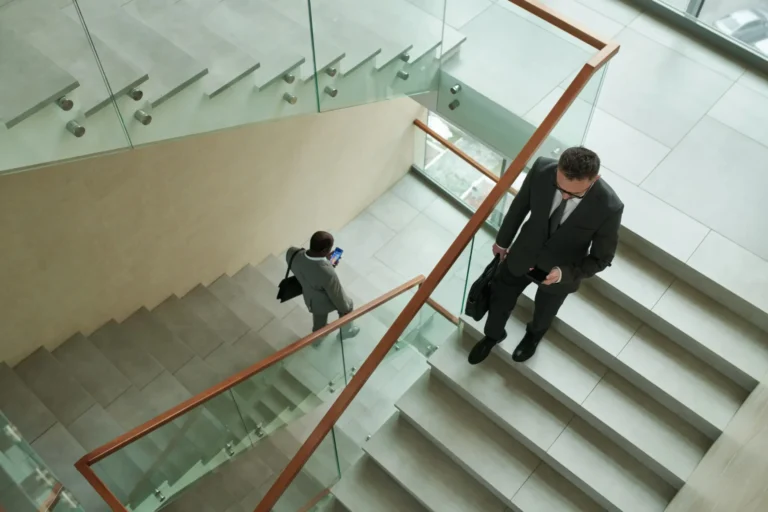
What should happen to an employee’s shares when they exit a business?
Blog
–
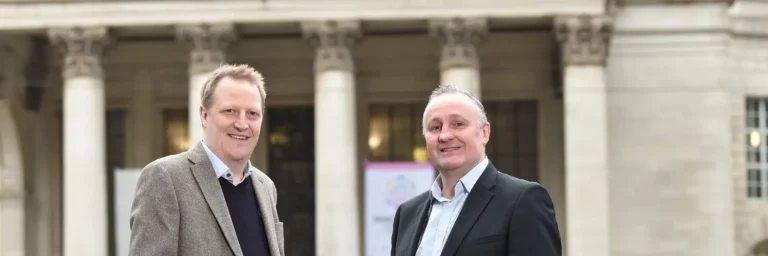
Former regional banking head joins Harrison Drury
News
–

Harrison Drury announces 2024 line up of charity partners
News
–

National Apprenticeship Week Q&A: Kristian Torgersen
Blog
–

National Apprenticeship Week Q&A: Georgina Mackereth
Blog
–

Leisure Sector Update: Incorporating digital identities and technology in age verfication processes
Newsletters
–

National Apprenticeship Week Q&A: Tom Connell
Blog
–

National Apprenticeship Week Q&A: Taylor Eastham
Blog
–

Pharmacy First Service – Guidance for your pharmacy business
Blog
–

Harrison Drury advises Kendal College on acquisition of Westmorland Shopping Centre
News
–

The effectiveness of disclaimers and accountants’ duties to third parties
Blog
–

Two senior appointments for Harrison Drury’s Manchester office
News
–

Leisure Sector Update: Valentines Day Licences
Newsletters
–

Economic Crime and Corporate Transparency Act – Changes to Companies House in March 2024
Blog
–
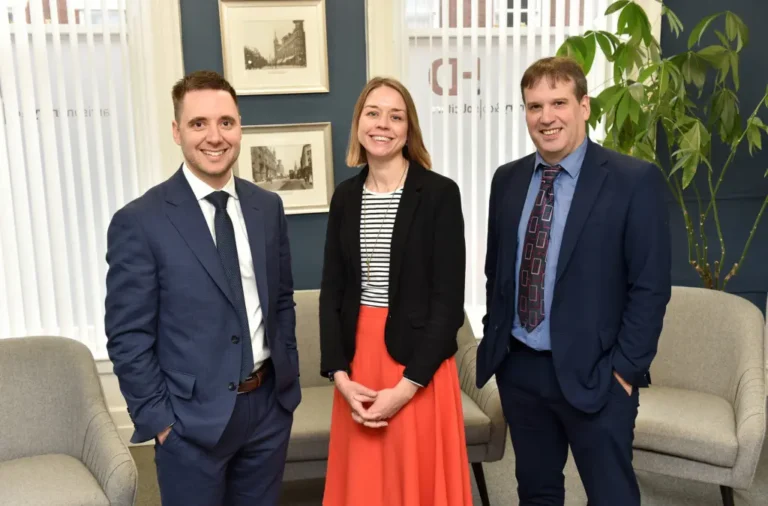
Latest appointments strengthen Harrison Drury’s property litigation team
News
–
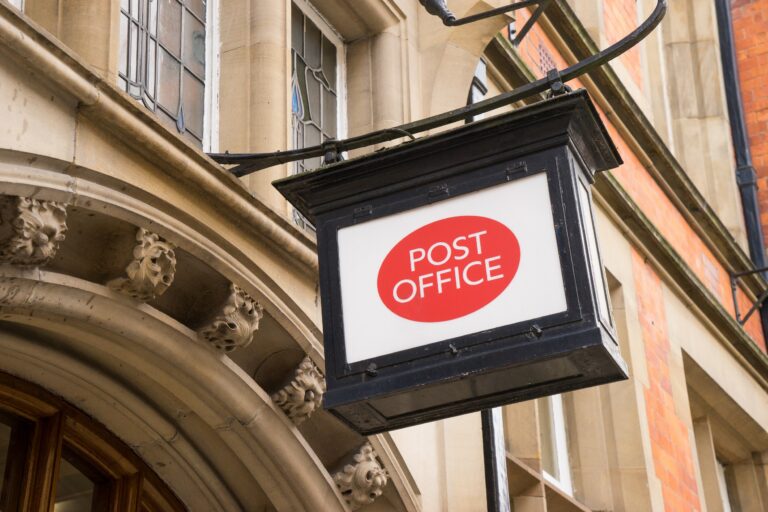
What the Post Office IT scandal can teach us about conducting workplace investigations
Blog
–

Leisure Sector Update: Enforcement against licensed premises
Newsletters
–

Harrison Drury opens Manchester office and makes senior hire as part of growth strategy
News
–

Harrison Drury recruits former corporate banker to support growth strategy
News
–

Can I find out about a partner’s potential history of domestic abuse? A guide to Clare’s Law
Blog
–
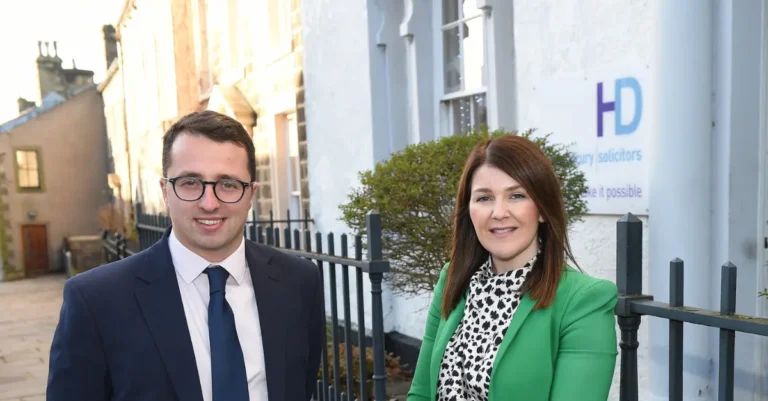
Jake joins Harrison Drury’s commercial property team
News
–
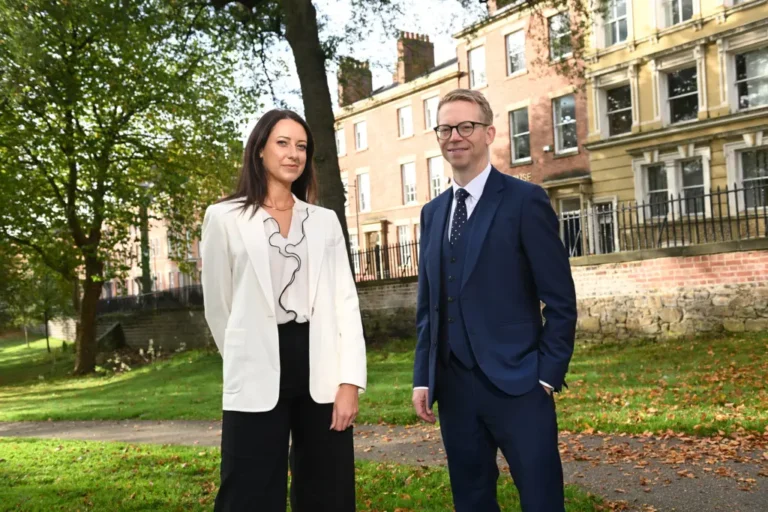
Harrison Drury recruits employment law specialist to join growing team
News
–
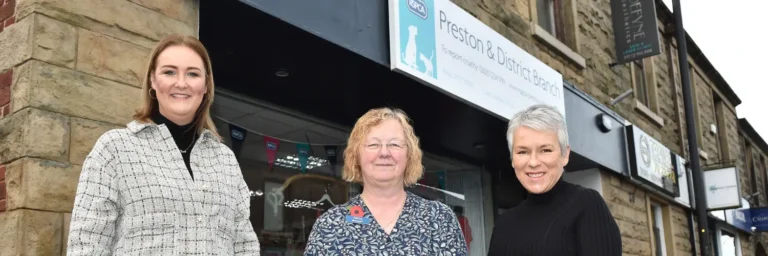
Harrison Drury supports RSPCA to open new Lancashire shop
News
–

The dangers of using unregulated will writers
Blog
–

Making arrangements for children at Christmas
Blog
–

New hospitality venue brings a unique experience to Longton
News
–
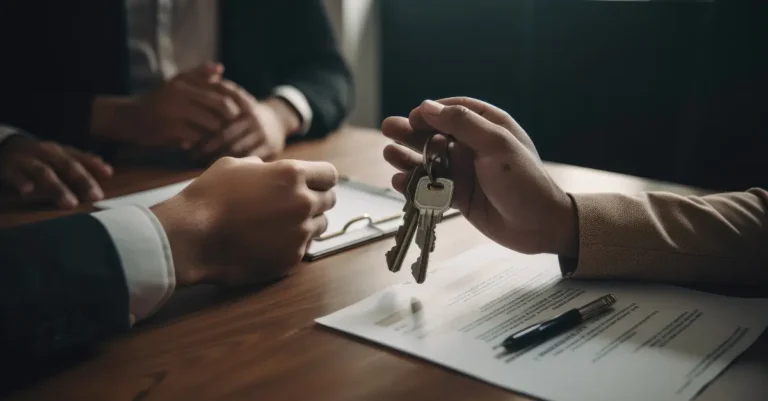
To break or not to break – when will the Court grant a landlord break clause in a renewal lease?
Blog
–
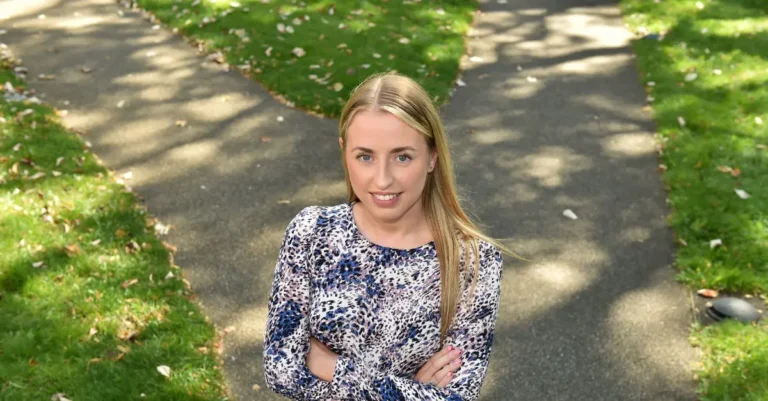
Taking the apprentice route – A Career Conversation with Rachael McDonagh
Blog
–

You have been appointed an Executor. What happens now?
Blog
–

Mark Traynor appointed to lead Harrison Drury’s NW corporate team
News
–

Harrison Drury makes five promotions
News
–

Record number of Harrison Drury lawyers recognised in prestigious Legal 500
News
–
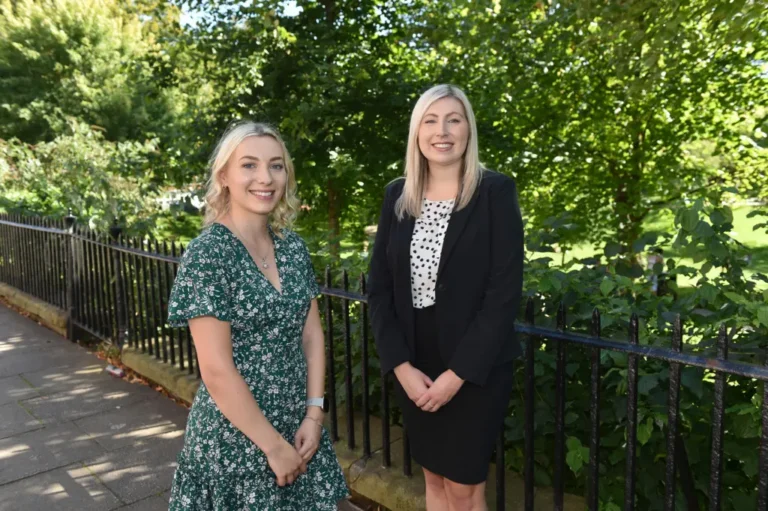
“Do something you love” – A Career Conversation with Hannah Pinder and Chloe Wishart
Blog
–

Five adjustments employers can easily make to assist employees experiencing menopause
Blog
–
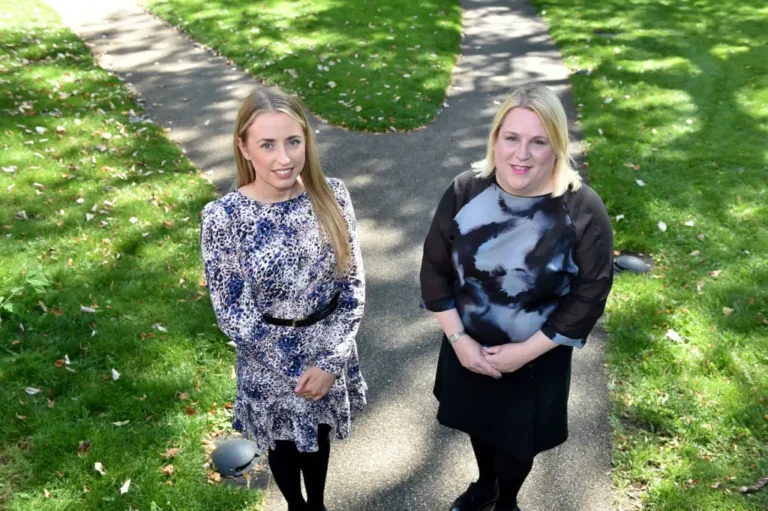
Rachael becomes our first apprentice to qualify
News
–

Employee side hustles – What you need to know as an employer
Blog
–

Fixed Recoverable Costs and the New Intermediate Track
Blog
–
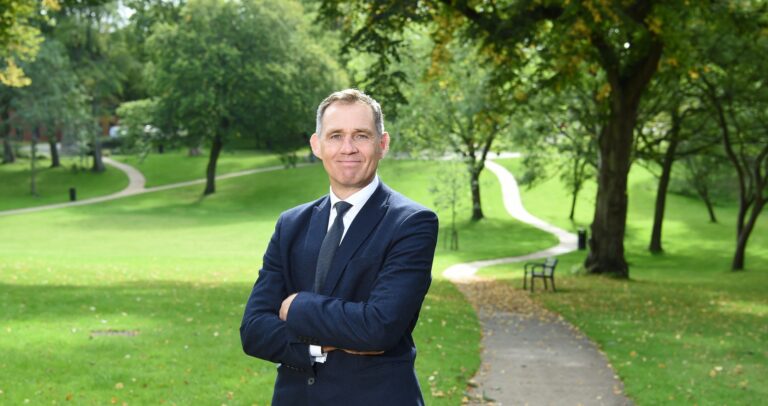
Harrison Drury makes Top 100 ‘Best Companies’ list
News
–

Family disputes – what are your rights when operating a family business?
Blog
–

From trainee to partner – A Career Conversation with Jack Stephenson
Blog
–
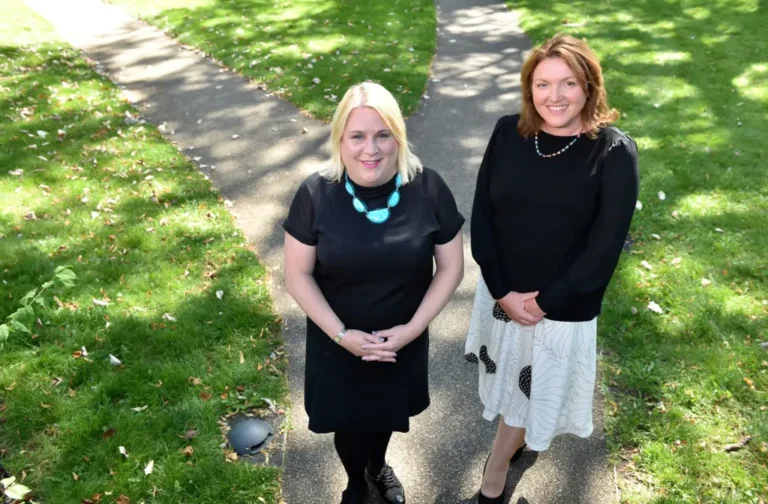
Experienced solicitor joins Harrison Drury’s growing private client team
News
–

Harrison Drury recruits six trainees and apprentices
News
–
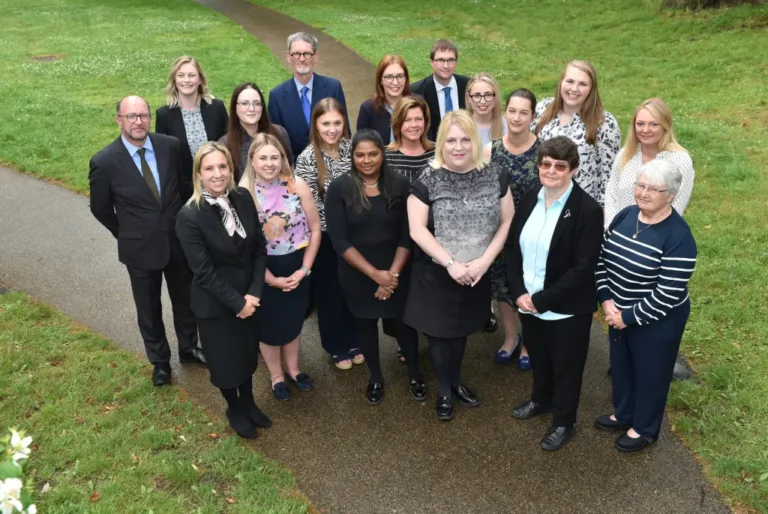
Demand for specialist estate planning advice supports growth of private client team
News
–

How we made it possible: Helping a client retrieve valuable confidential data taken by an employee
Blog
–

New tenants secured for commercial properties near Preston
News
–

Factory automation specialist targets growth with move to new premises
News
–

Leisure sector team helps Ed and Laura secure lease for 18th century Ribble Valley pub
News
–

Experienced solicitor joins Harrison Drury’s commercial property team
News
–

Six life events that should prompt you to update your Will
Blog
–
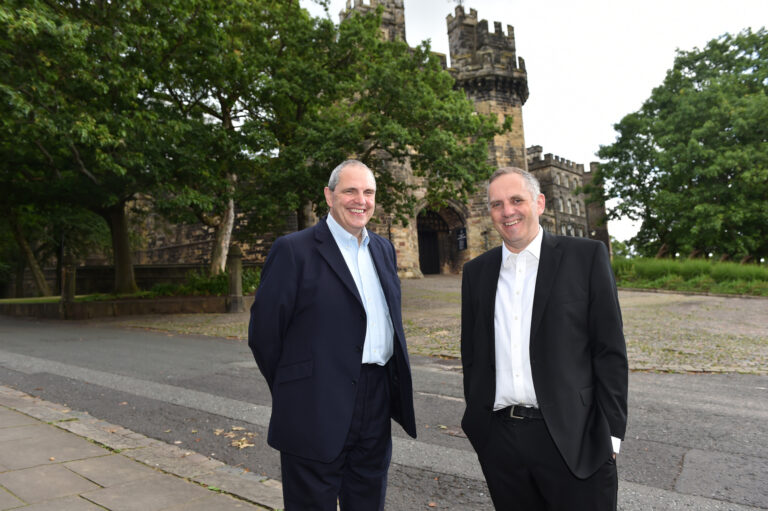
Dispute resolution expert strengthens Harrison Drury’s litigation team
News
–

Overcoming school holiday conflict as a separated family
Blog
–

Corporate team supports growth for acquisitive legal firm
News
–

Series or instalments: What payment option is best suited for your financial settlement
Blog
–

Navigating contact with your children on Father’s Day
Blog
–

How employers can help their staff with loneliness at work?
Blog
–

What is a grant of probate and when is it required?
Blog
–
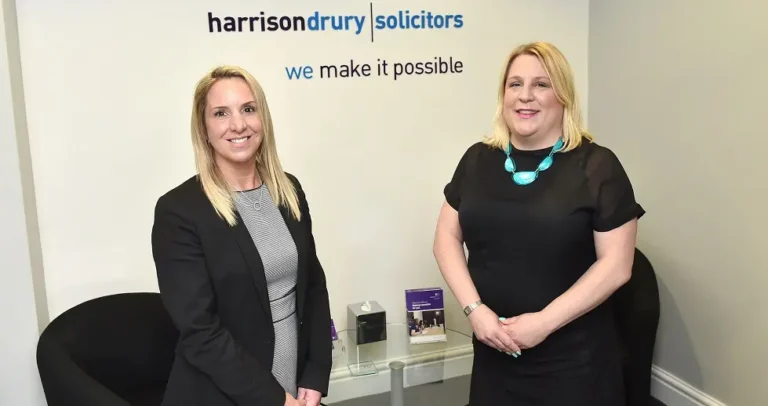
Estate planning specialist Donna joins Harrison Drury’s Lytham team
News
–

Harrison Drury doubles size of Kendal office to support client growth plans
News
–

Harrison Drury supports logistics firm’s £12m HQ purchase
News
–

What happens during an Insolvency Service investigation and how it may affect the company’s directors
Blog
–

The importance of supporting your employees’ mental wellbeing
Blog
–

Renowned construction lawyer Katherine joins Harrison Drury as partner
News
–

Harrison Drury grows Lytham team with Emma and James appointments
News
–

Employee tips and service charges – Everything you need to know about the new law on allocating tips
Blog
–

Government seeks feedback on plans for a new ‘use class’ for short-term lets
Blog
–

Hospitality sector update: Preparing for the King’s coronation
Blog
–

What information is a trader obliged to share with its customers?
Blog
–

Carlo’s new venue offers Clitheroe a touch of Italy
News
–

How to use employment policies to become more sustainable and improve staff retention
Blog
–

Renewed calls for legal framework to protect cohabiting couples
Blog
–
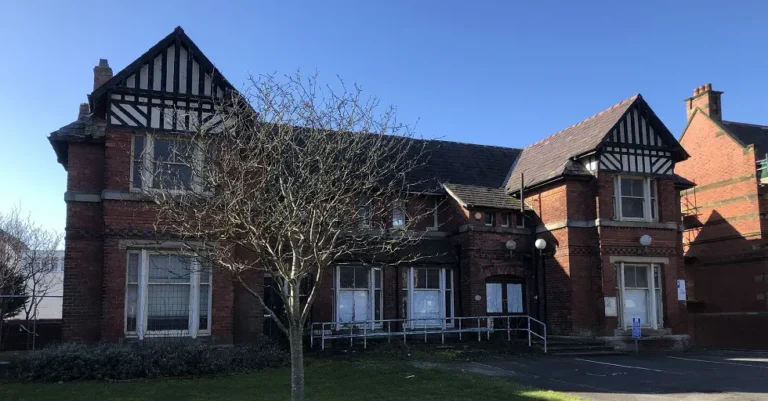
Sale of St Annes buildings supports town’s regeneration masterplan
News
–

Terms and conditions: Why they are so vital for your new business
Blog
–

EPC rating update: Landlords must comply with new requirements
Blog
–
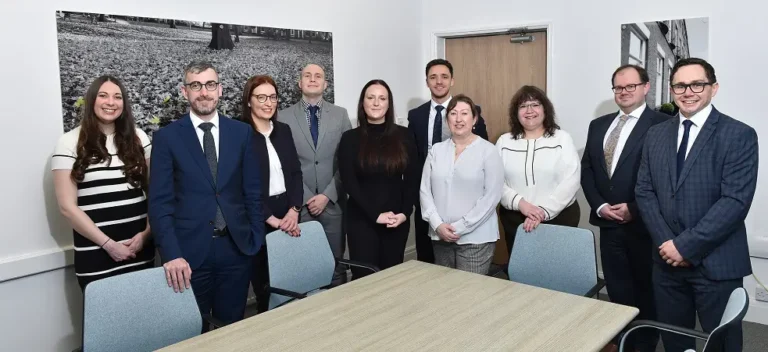
Jack becomes partner as Harrison Drury makes 10 promotions
News
–

Employment tribunal statistics update and why good employee relations is important
Blog
–

Updated government how to rent guidance: What landlords need to know
Blog
–
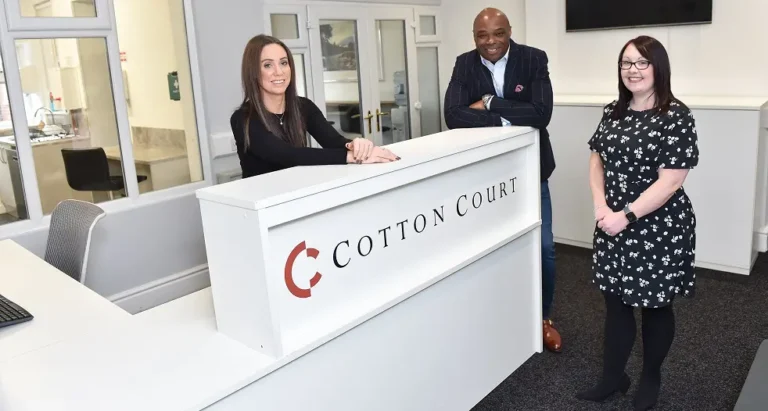
Preston-based entrepreneur expands serviced office business with Leyland purchase
News
–

How business valuations are dealt with during divorce proceedings
Blog
–

Supporting Muslim employees during Ramadan
Blog
–

The importance of agreeing terms and conditions in the delivery of goods
Blog
–
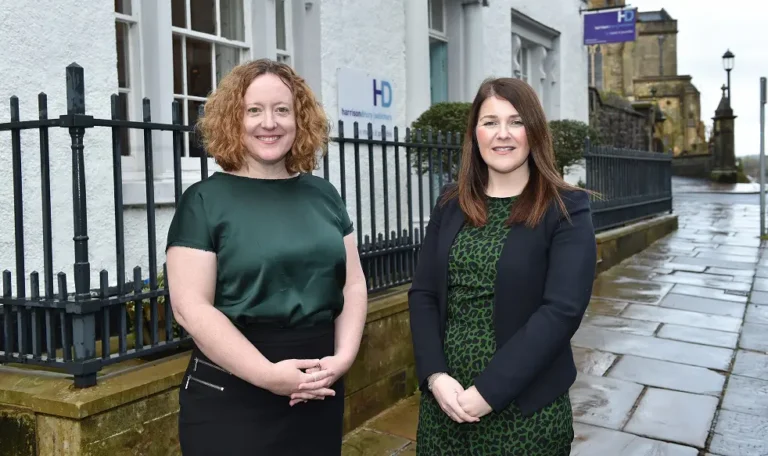
Rural property lawyer Jane joins Harrison Drury
News
–
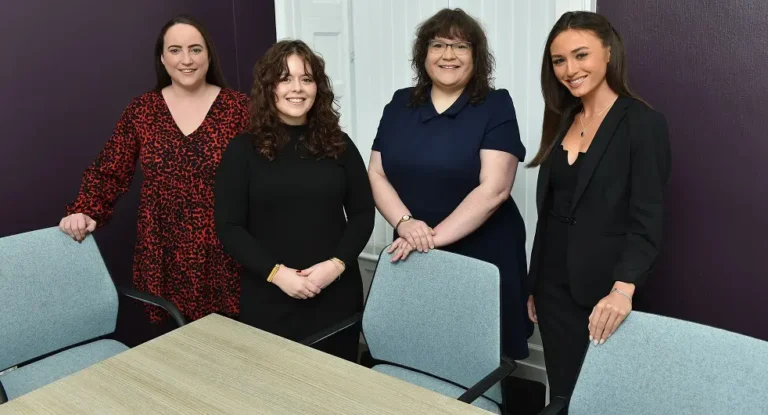
International Women’s Day 2023 – Perspectives from four women in law
Blog
–
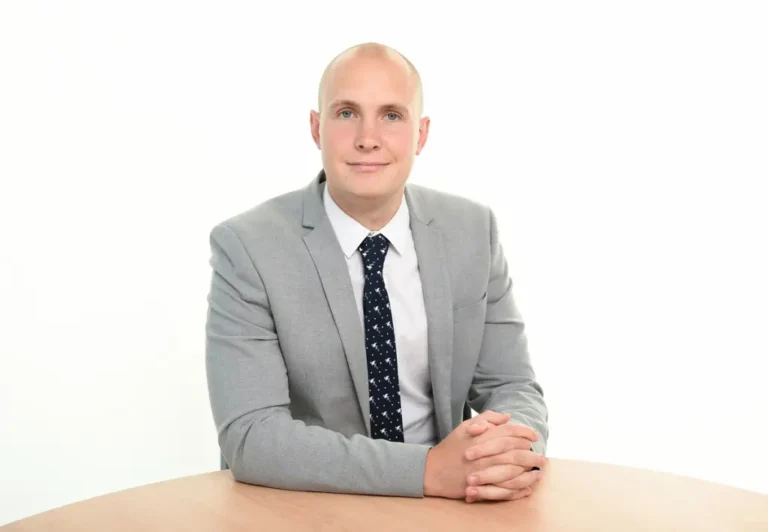
Harrison Drury advises BREC founder on sale of conveyor belt specialist
News
–

A new approach to employee relations
Blog
–

Harrison Drury announces its charity partners for 2023
News
–

Harrison Drury supports buyout at Preston-based luxury fireplace retailer
News
–

New fire safety regulations – your responsibilities as a landlord or building manager
Blog
–
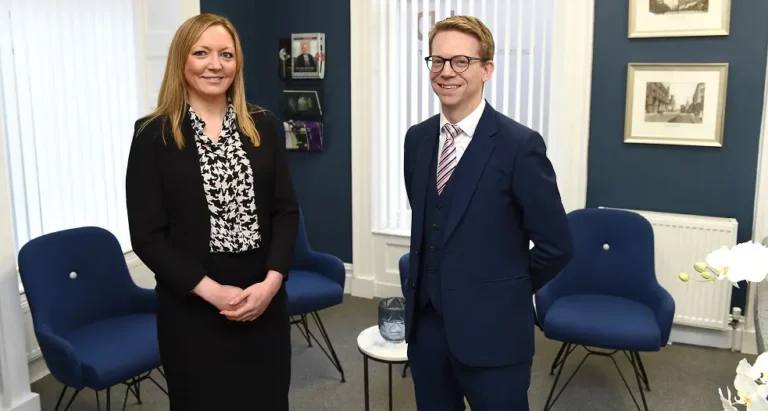
Katy strengthens Harrison Drury’s employment law team
News
–
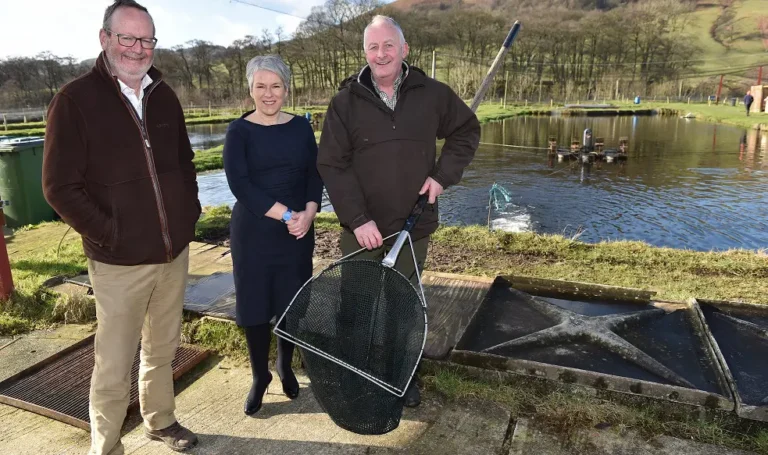
Fish farm targets Yorkshire expansion after securing 15-year lease with Environment Agency
News
–

How to support employees’ financial wellbeing during the cost-of-living crisis
Blog
–

Rural specialist Wayne joins Harrison Drury
News
–

Why do I need a will?
Blog
–

Why I chose to take the apprenticeship route – an interview with Tom Connell
Blog
–
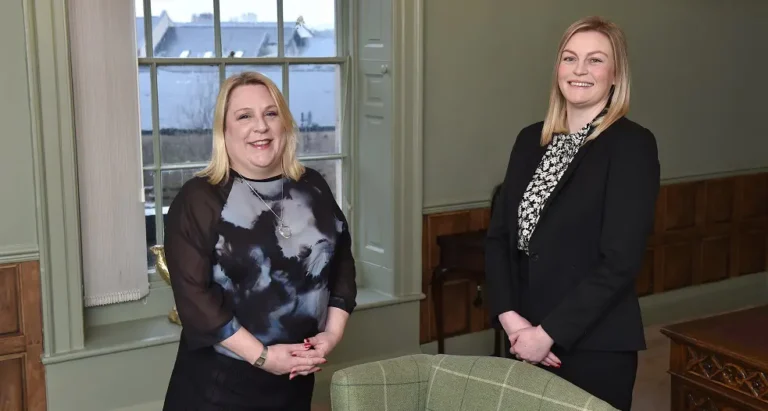
Wills and inheritance specialist Rebecca joins Harrison Drury’s Lancaster team
News
–

Administration and liquidation: The different outcomes for employees of two collapsed sports clubs
Blog
–

The importance of a legally binding order to record your financial settlement on divorce
Blog
–

Employment law update: What to look for in 2023
Blog
–
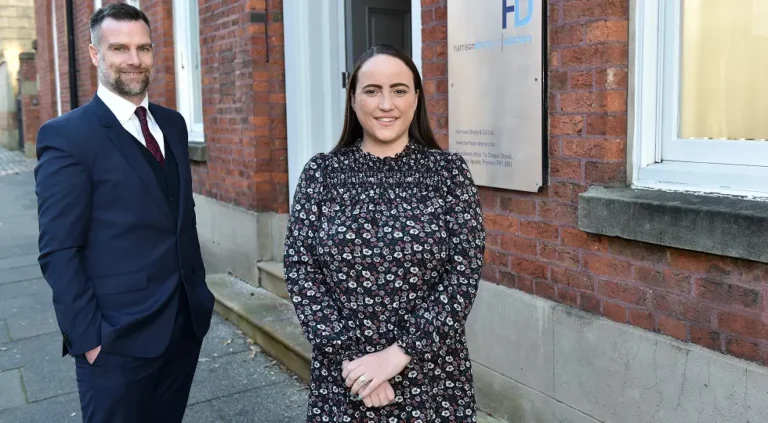
Harrison Drury welcomes back commercial property specialist Rhian Sale
News
–
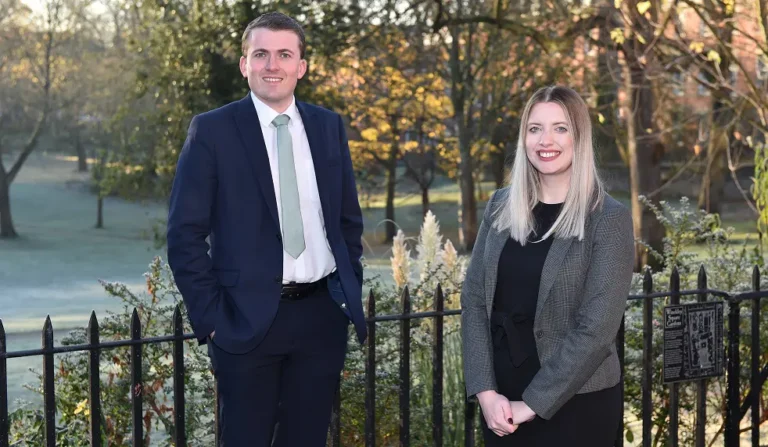
What we learned as trainee solicitors – An interview with Zoe and Peter
Blog
–

Harrison Drury’s High Court victory highlights issue of compliant witness statements
Blog
–
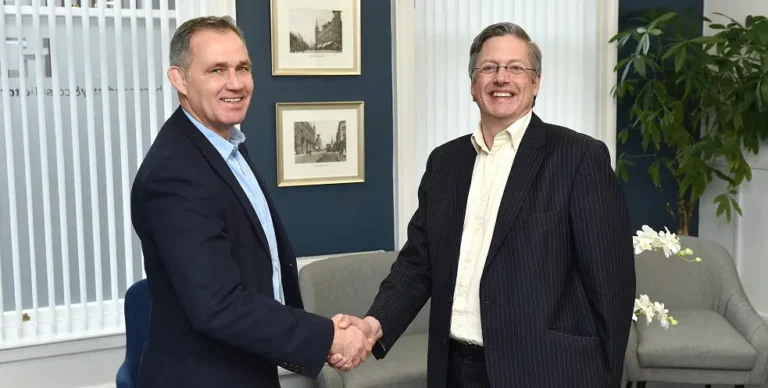
New FD Alexander will support growth at Harrison Drury
News
–

Preparing a notice to quit an agricultural holding tenancy: The importance in checking recipient details are correct
Blog
–

Building Safety Act 2022: A summary of key provisions
Blog
–

Work Christmas parties: Celebrating the festive season safely
Blog
–
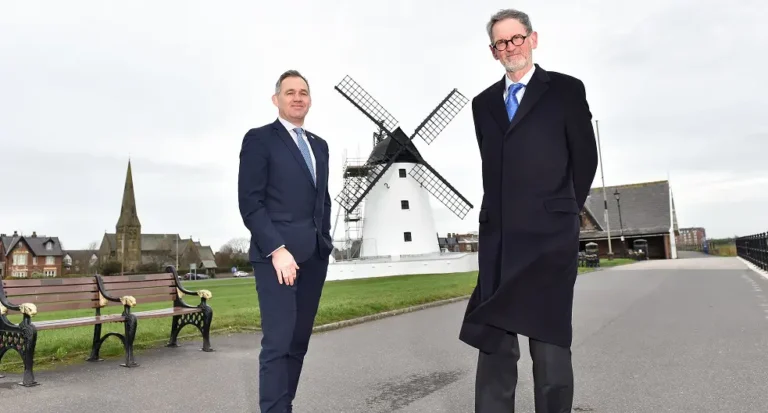
Harrison Drury opens Lytham office
News
–

Common questions about divorce: How can I protect my interest in the matrimonial home?
Blog
–

What alternatives are there to court in divorce?
Blog
–
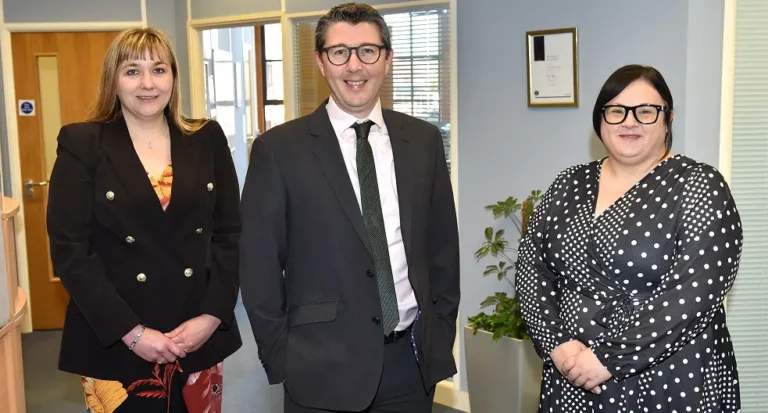
Harrison Drury grows residential property team with two new hires
News
–

Can employers monitor employees? Proposed new guidance from ICO
Blog
–

New food labelling requirements delayed: An update for food businesses in the UK
Blog
–

Harrison Drury joins forces with local business partners to clean up the Morecambe coastline
News
–
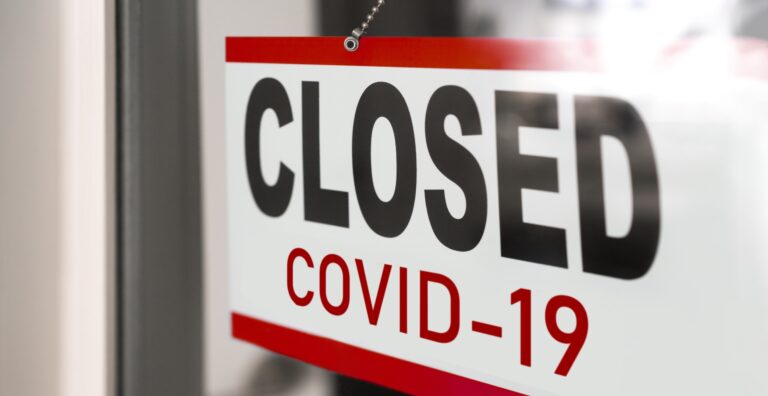
Covid-19 Bounce Back Loan scheme: the implications of fraud by misrepresentation and related offences
Blog
–

Selling a business through a management buyout
Blog
–
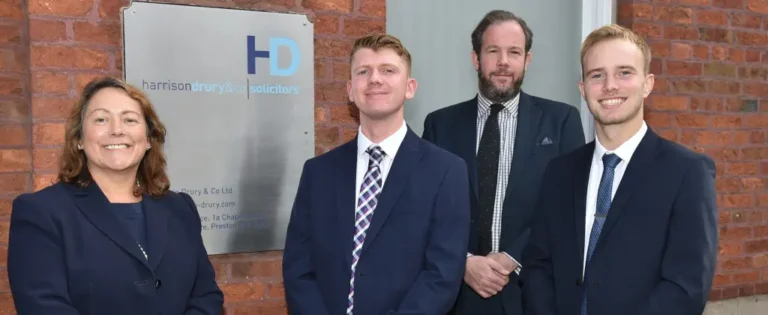
Harrison Drury welcomes three new trainee solicitors
News
–

What should I expect in a remote Family Court hearing?
Blog
–
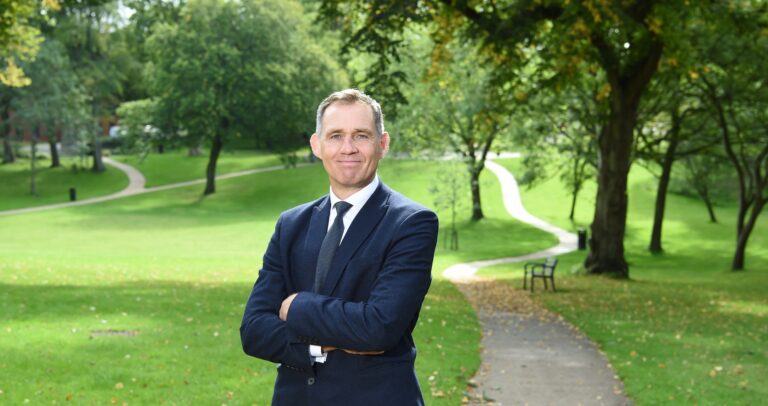
Harrison Drury gains further recognition in prestigious Legal 500
News
–

What is the holiday entitlement and pay for part-year workers?
Blog
–
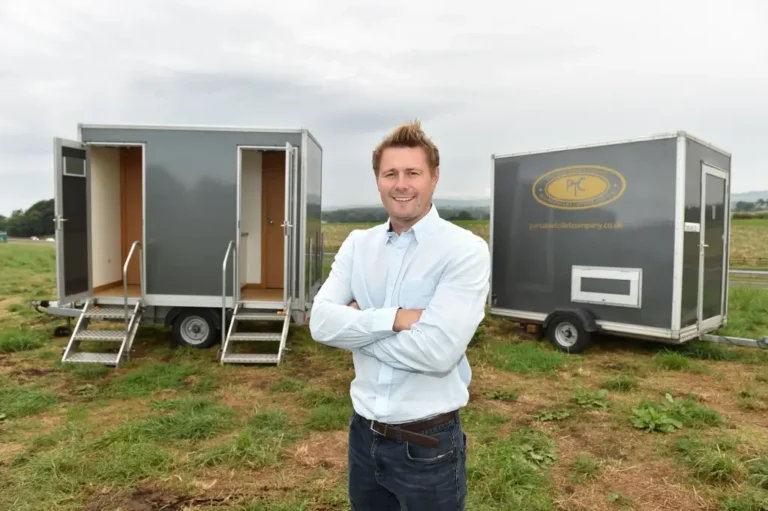
Harrison Drury advises on buyout of luxury portable loo firm
News
–

Will we see an upswing in health and safety enforcement after the pandemic?
Blog
–

Use of private email and messaging apps: the data protection implications for business.
Blog
–

What happens in child arrangements proceedings?
Blog
–

Harrison Drury renews support for Preston Grasshoppers with sponsorship deal
News
–

Ending an Assured Shorthold Tenancy – the rules on Gas Safety Certificates
Blog
–

Common questions on divorce: Will I lose my legal rights regarding the family home if I move out?
Blog
–

An outline of the Leasehold Reform (Ground Rent) Act 2022
Blog
–

Terry bolsters Harrison Drury’s regulatory team
News
–

I’m divorced, can I take my children on holiday abroad?
Blog
–

Landmark judgment on collateral warranties used in new Court of Appeal case
Blog
–

Commercial rent arrears – Do I have to pay rent if I closed during the pandemic?
Blog
–
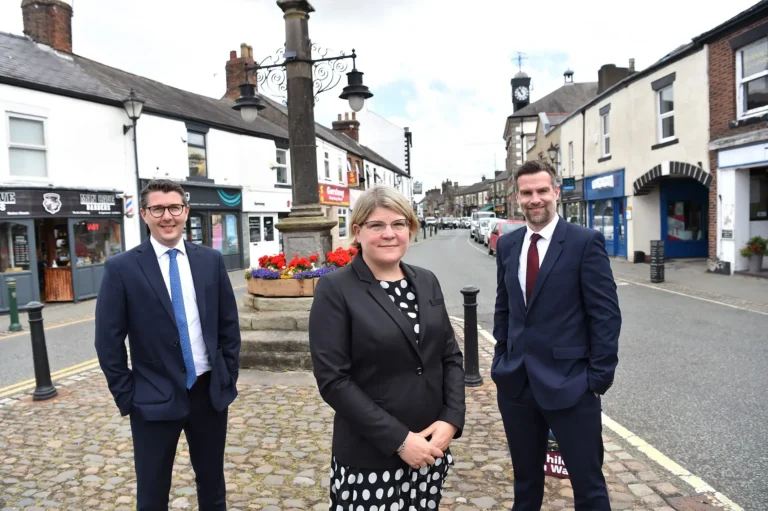
Clare joins commercial property team at Harrison Drury
News
–

UK data protection regime reform: Data Protection and Digital Information Bill introduced to Parliament
Blog
–

Can Long Covid be considered a disability?
Blog
–
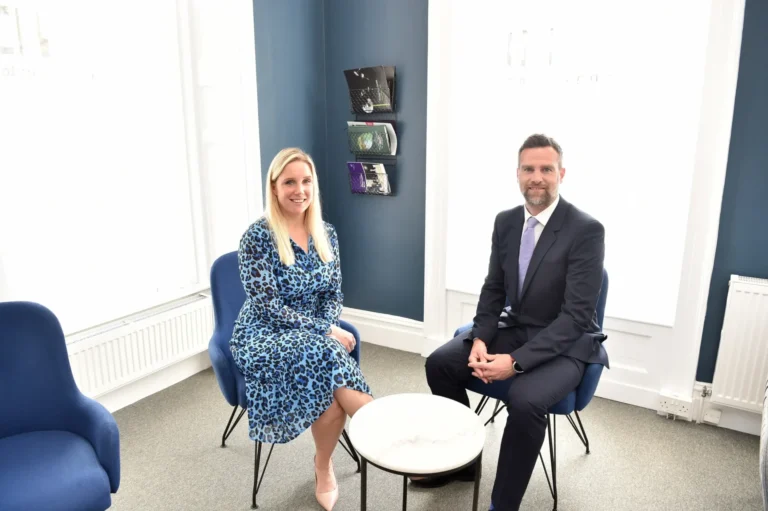
Harrison Drury adds sector specialist to commercial property team
News
–
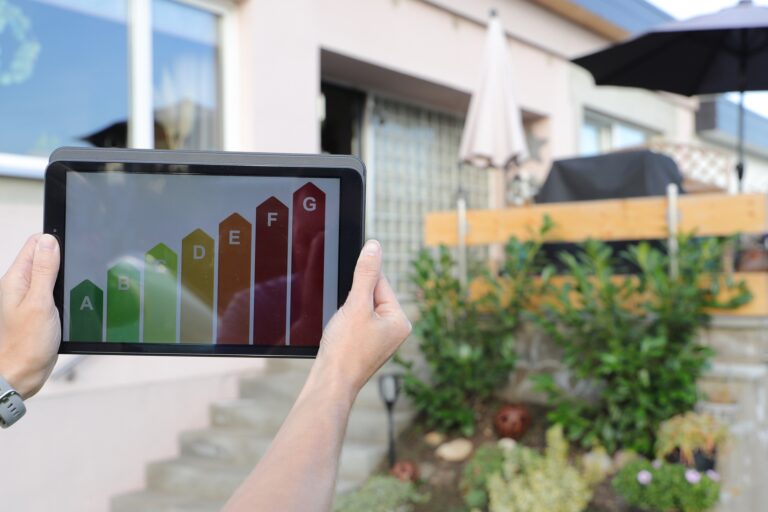
New EPC ratings: How green is your lease?
Blog
–

What are the options for dealing with pensions in a divorce?
Blog
–

Managing personal data collected and used during the pandemic: Stay compliant
Blog
–
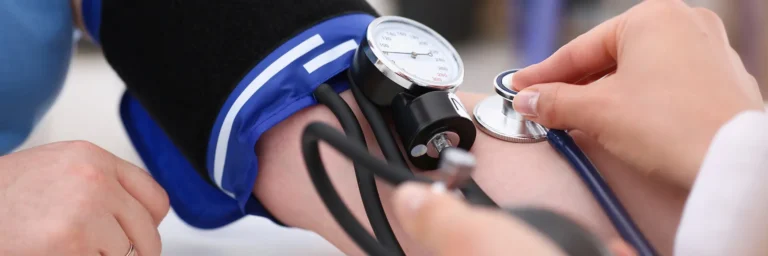
Staff health checks become latest employee wellbeing initiative for Harrison Drury
News
–

The four-day working week: How it may affect the leisure and hospitality sectors
Blog
–
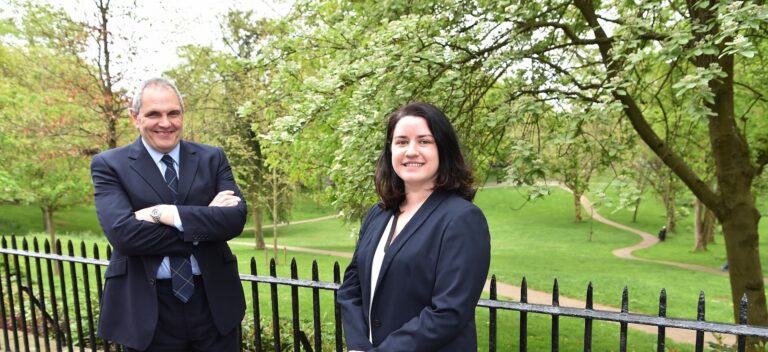
Jessica joins Harrison Drury’s commercial litigation team
News
–

Harrison Drury advises on major caravan park deal
News
–
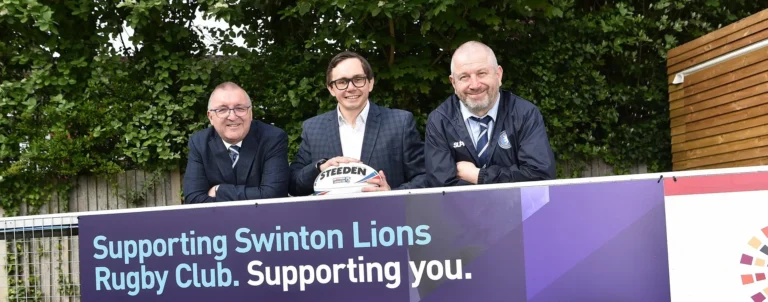
Harrison Drury strikes partnership deal with Swinton Lions RLFC
News
–

Harrison Drury advises Walker Fire on two acquisitions
News
–

Using sustainability to attract employees – top tips for contracts and business practices
Blog
–

Harrison Drury makes five promotions
News
–

No-fault divorce law – The key changes
Blog
–

IR35 and off-payroll working rules in the private sector: One year on
Blog
–

Offering work to Ukrainian refugees – What you need to consider
Blog
–

The Commercial Rent (Coronavirus) Act
Blog
–
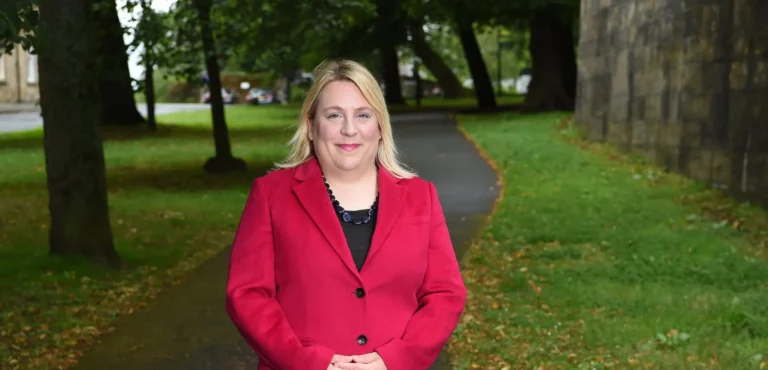
Harrison Drury recognised for Wills and Probate expertise in national awards
News
–

Harrison Drury announces its 2022 charity partners
News
–

Entrepreneur opens Thai restaurant with ‘street market’ feel in Lancaster
News
–

Accommodation for agricultural workers
Blog
–

Harrison Drury adds to commercial property team in Clitheroe
News
–

What is a Business Lasting Power of Attorney, and do I need one?
Blog
–

Harrison Drury helps PJM Property Investments Group acquire three new sites
News
–

Can I make arrangements with my ex-partner to spend time with my child?
Blog
–
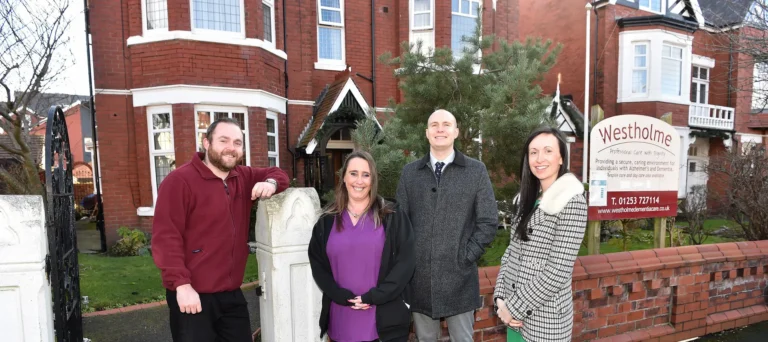
Committed carers Cheryl and Kirk become new owners of Lytham care home
News
–

Entitlement to paid annual leave: The case of Smith v Pimlico Plumbers Limited
Blog
–

What UK businesses need to consider before making international transfers of personal data
Blog
–

COVID-19 vaccination status: How easy is it for employers to change rules regarding sick pay?
Blog
–

Can a commercial landlord terminate a tenancy for occupation for its own use?
Blog
–

Queen’s Platinum Jubilee 2022: Are my employees entitled to the extra bank holiday?
Blog
–
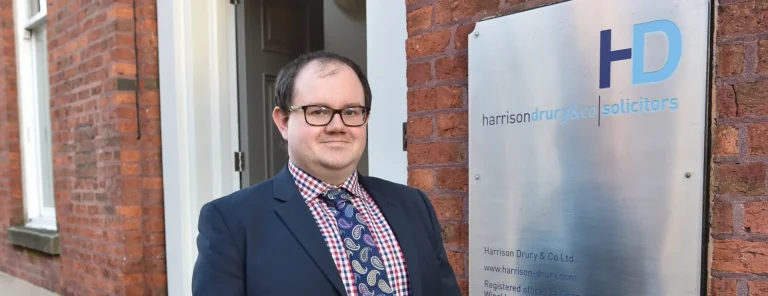
Agricultural specialist joins Harrison Drury
News
–

How to recover agricultural land from tenants to create woodland schemes
Blog
–

An introduction to the Environment Act 2021 and important updates for land and property developers
Blog
–

Retaining hospitality staff – A conversation with James’ Places
Blog
–

What are the latest rules on face coverings and COVID passes? – December 2021
Blog
–

What does the Supreme Court judgment in Lloyd v Google mean for your business?
Blog
–

What is probate? A quick and easy guide for executors
Blog
–

Looking after your hospitality staff in a post-pandemic era
Blog
–

GDPR and data protection reforms – A look at what’s been proposed
Blog
–

New laws and Code of Practice for commercial rent arrears – what does it mean for you?
Blog
–

Will I receive a share of my spouse’s pension in our divorce settlement?
Blog
–
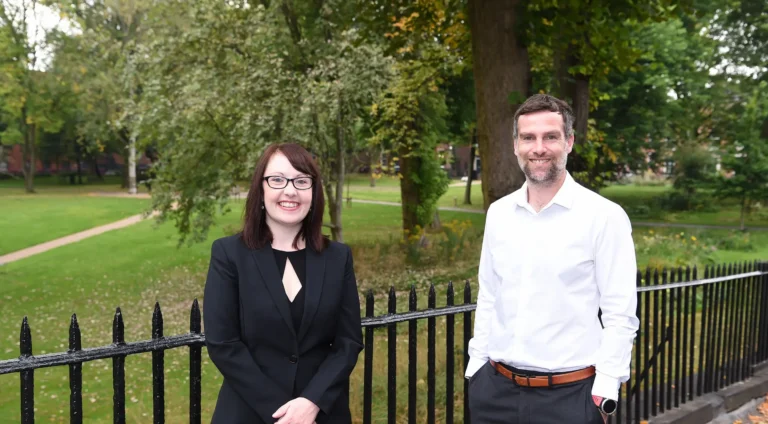
Harrison Drury builds commercial property team with new appointment
News
–

Budget 2021 – Government listening to hospitality sector but more support needed, says Malcolm
Blog
–

Harrison Drury rises in Legal 500 rankings
News
–

How to manage a permanent ‘hybrid’ working model in your business
Blog
–
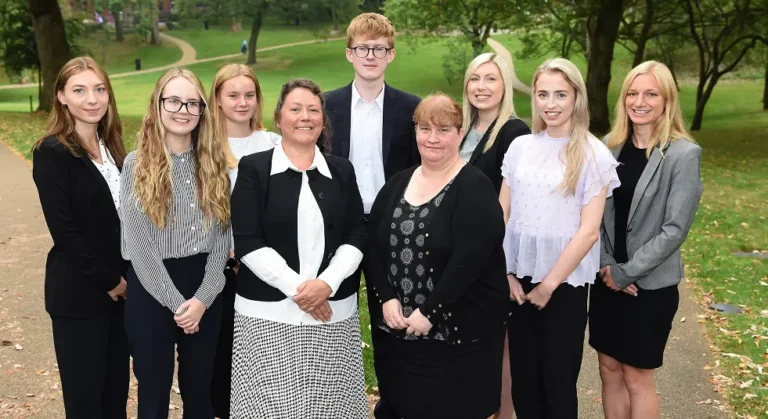
Harrison Drury welcomes new trainees and apprentices
News
–

Blackpool holiday firm toasts latest expansion
News
–

Carbon management for rural business – What are the new funding opportunities?
Blog
–

Common questions on divorce: Who gets to keep the dog?
Blog
–

Do employers have a duty to consider furlough to avoid redundancy?
Blog
–

The new rules for Right to Work checks for EEA citizens after July 2021
Blog
–
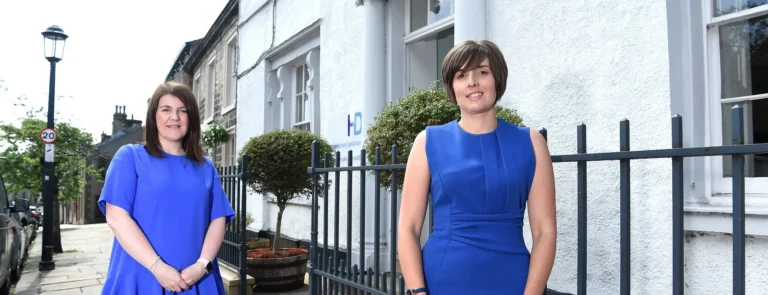
Lara joins Harrison Drury’s commercial property team
News
–

Harrison Drury advises on over £100m of deals
News
–

Guidance to protect employees and customers in the hospitality sector as lockdown ends
Blog
–

Expansion plans heating up for North West restaurant chain after successful Blackburn launch
News
–

Capital Gains Tax on financial transfers in divorce: A much-needed change to the rules?
Blog
–

Children’s charity makes permanent home in Morecambe
News
–

Lasting Powers of Attorney – The importance of making the right choice
Blog
–

Three new faces at Harrison Drury
News
–

Treatment of tips and gratuities to be considered in parliament
Blog
–

What is spousal maintenance and when does it apply?
Blog
–

Harrison Drury advises on buyout of legal publishing company
News
–

Harrison Drury strengthens hospitality team with Malcolm Ireland appointment
News
–

Delay to no-fault divorce law
Blog
–

Court victory for Cumbria Safari Zoo operator allows attraction to remain open for business
News
–

The benefits of a private financial dispute resolution appointment in divorce proceedings
Blog
–

Supporting women at work during menopause
Blog
–

Five green changes for businesses to prepare for in 2021
Blog
–

Greetings card business celebrates launch of second shop in Lytham
News
–

What happens to the family farm in a divorce?
Blog
–

Fire and rehire – why employers should tread carefully
Blog
–
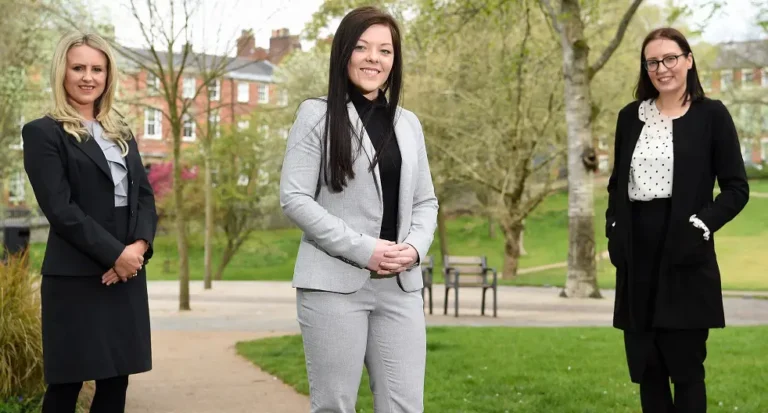
Harrison Drury makes trio of appointments
News
–

What to expect in divorce court: Financial remedy proceedings
Blog
–

How do I make our financial settlement legally binding?
Blog
–
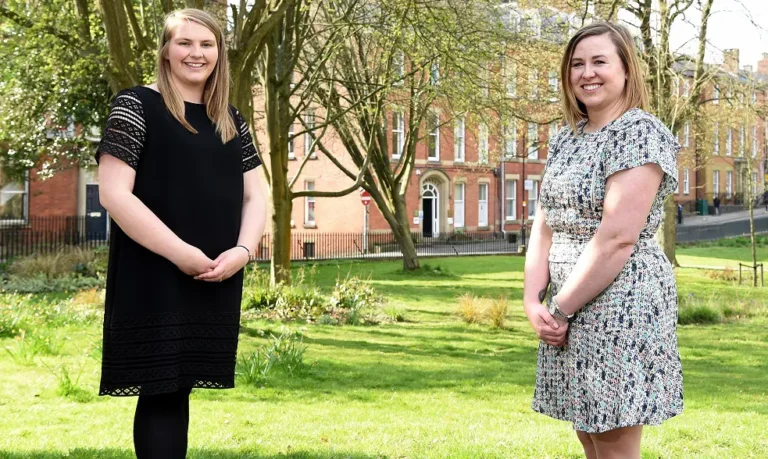
Two Harrison Drury solicitors shortlisted for prestigious industry award
News
–

Recent employment case law and the implications for employers
Blog
–

How are pensions shared in a divorce?
Blog
–
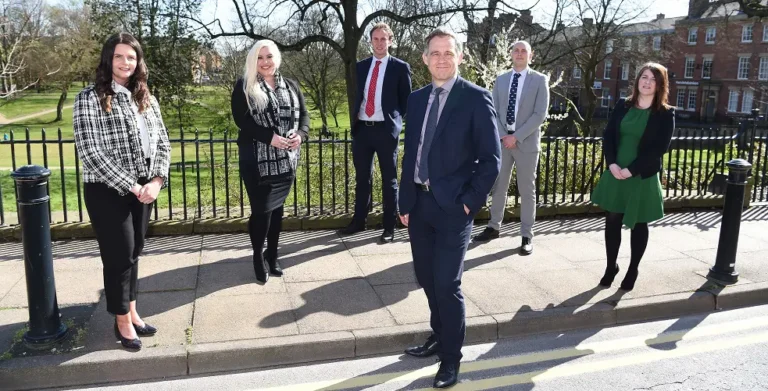
Five promotions at Harrison Drury
News
–

Five key questions about divorce
Blog
–

Preparing for the first consultation about your divorce
Blog
–

Harrison Drury grows Lancaster presence with office move
News
–

Budget 2021: What employers need to know
Blog
–

Recording your employees’ vaccination status
Blog
–
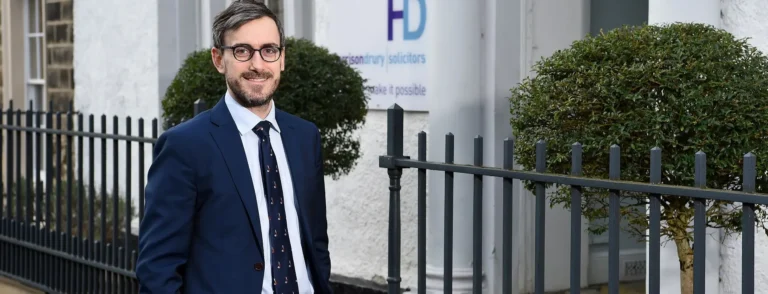
Tim strengthens corporate team at Harrison Drury
News
–

Is it good commercial sense to make a business Lasting Power of Attorney?
Blog
–

Applying off-payroll working rules (IR35) for private sector companies
Blog
–
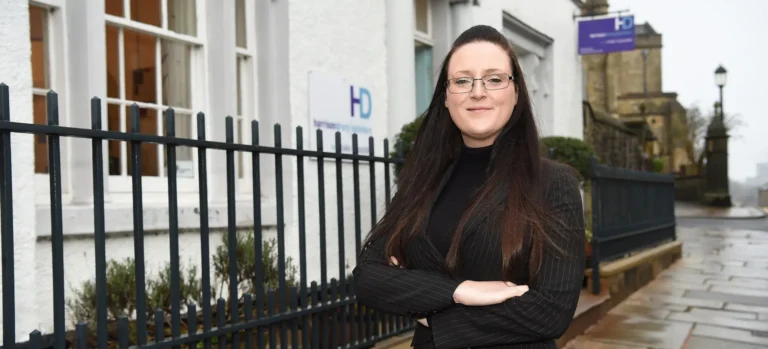
Victoria joins Harrison Drury’s private client team in Clitheroe
News
–

Rural sector update: The risks arising from the use of pesticides on farmland
Blog
–

Lancashire mobility specialist acquired by new owners
News
–
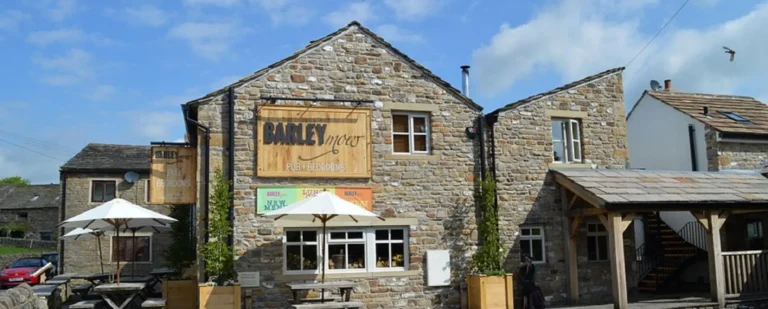
Popular village pub in Barley saved from closure by locals
News
–

How to support an employee with cancer
Blog
–

Harrison Drury advises Broughton Lubricants on sale to leading UK firm
News
–

Farmers and growers: The benefits and pitfalls of supply contracts
Blog
–

James wins rights to an audience with the high court
News
–

Furloughing working parents during school closure
Blog
–

Harrison Drury advises Walker Fire on latest acquisition
News
–

Businesses urged to review algorithm processes that may lead to bias or discrimination
Blog
–

Harrison Drury looks to the future with launch of HD Academy
News
–

Harrison Drury advises on petrol forecourts deal
News
–

Businesses urged to review international data transfers to ensure adequate safeguarding measures
Blog
–

Preparing your business for sale during COVID-19
Blog
–

Heads of Terms for property transactions – How to get it right
Blog
–

Should I gift my home to my children to mitigate Inheritance Tax?
Blog
–

The implications for waste disposal companies that do not comply to regulatory responsibilities
Blog
–

E-marketing to customers during lockdown – A recap on data and privacy rules
Blog
–

Furlough extension – Everything you need to know
Blog
–

The importance of monitoring client data transfers between EU and the US
Blog
–
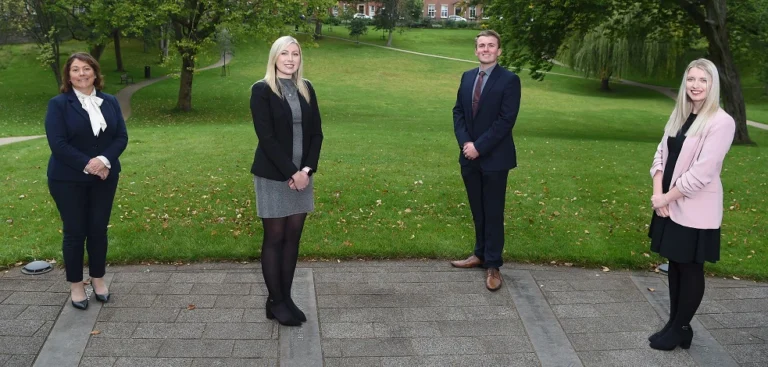
Harrison Drury looks to the future with new trio
News
–

Job Support Scheme payments – Reducing the risk of fraudulent claims
Blog
–

The Job Support Scheme: The government’s new scheme to further help retain employees
Blog
–
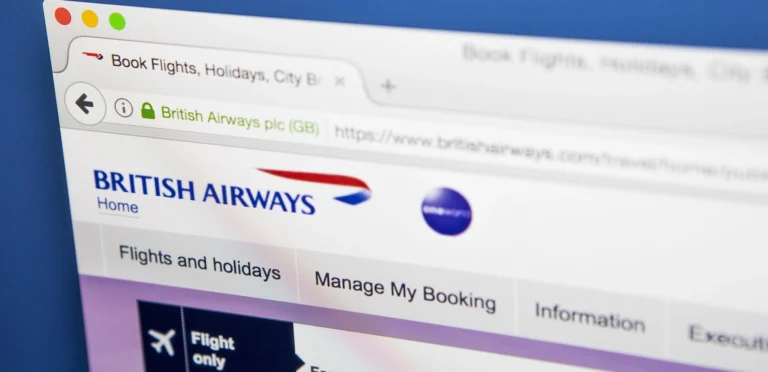
ICO penalty against British Airways a stark reminder to protect client data
Blog
–
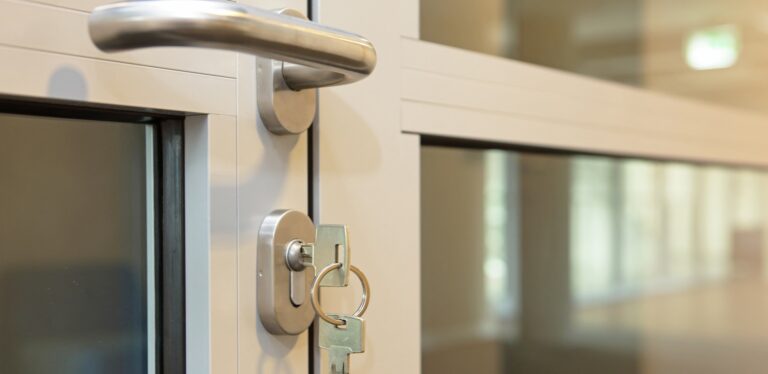
COVID-19 update: Commercial landlords and tenants
Blog
–

What is an employee’s right to privacy while working from home?
Blog
–

Blackpool pet bakery celebrates steady rise in business after relocation
News
–

Harrison Drury strengthens presence in Legal 500
News
–

Ensuring employees self-isolate – your responsibilities as an employer
Blog
–
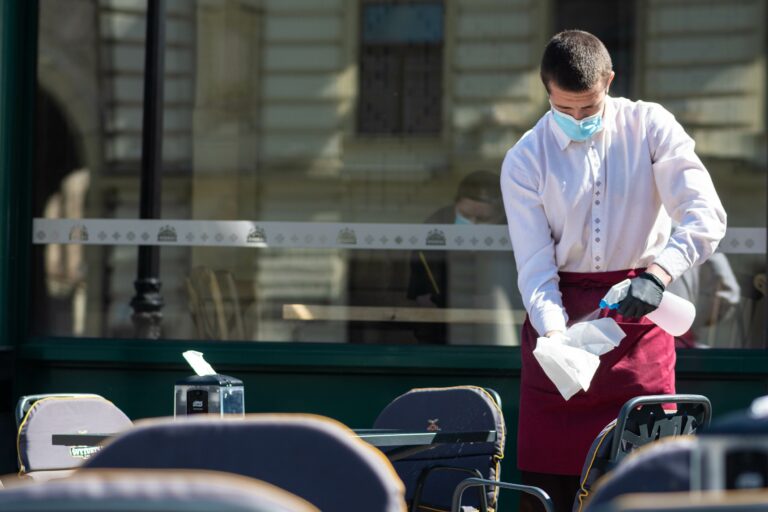
Latest coronavirus rules for hospitality sector – protecting your premises licence
Blog
–

Structuring a business sale following coronavirus
Blog
–

Jenna’s acts of kindness boost charities and colleagues
News
–

HMRC given further regulatory powers to investigate CRJS furlough fraud
Blog
–

Nick Booth named new head of Harrison Drury’s corporate and commercial division
News
–

The impact of energy efficiency regulations on the rural commercial property sector
Blog
–

Holly joins Harrison Drury’s private client team in Lancaster
News
–

What happens if a furloughed employee has EMI options?
Blog
–
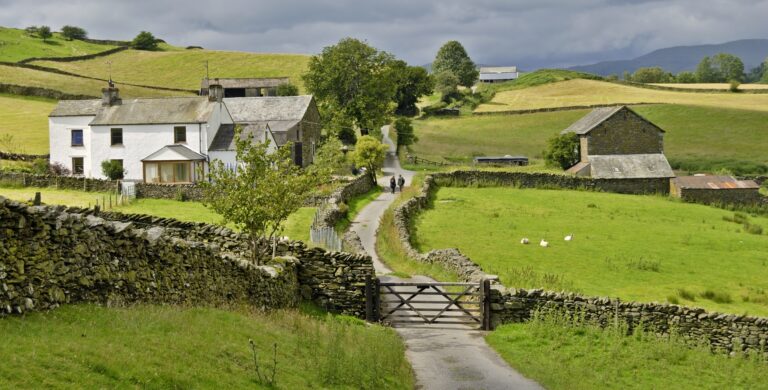
Mixed-use Stamp Duty Land Tax: When can you claim?
Blog
–
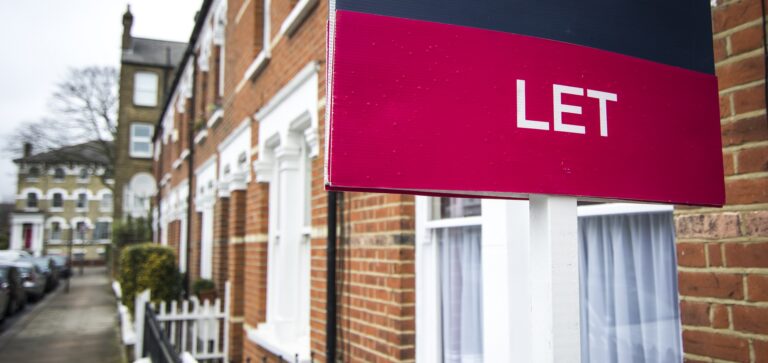
Residential landlords update: Prepare now to reactivate possession proceedings
Blog
–

Employee or self-employed? Why it is such an important decision for business owners
Blog
–

Nicola and Hannah chosen to lead Harrison Drury offices
News
–

Executors of wills breaching their duties – What can be done?
Blog
–

Are written tenancy agreements really that important for rural properties?
Blog
–

Changes to the UK insolvency regime
Blog
–

Managing your team structure as CJRS ends
Blog
–

An end to ‘blame’ in divorce set for Autumn 2021
Blog
–

Factors to consider before selling part of your farmland
Blog
–

How the new Job Retention Bonus will work
Blog
–

How will the stamp duty holiday work?
Blog
–

The chancellor’s summer statement: Getting the economy back on track
News
–

Harrison Drury helps Joseph make the cut in Whalley
News
–

Do I need a partnership agreement for my family farming business?
Blog
–
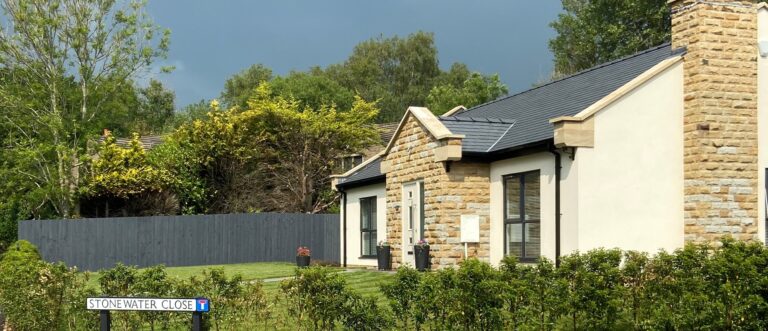
Harrison Drury supports housing developer’s latest project
News
–

Coronavirus and the regulatory burden of care home management
Blog
–

Dairy Response Fund – Support launched for dairy farmers
Blog
–

Rights and remedies for tenants and landlords following coronavirus
Blog
–

What if there’s no written lease?
Blog
–

Is it possible to own ‘wildlife’ when buying or selling agricultural land?
Blog
–
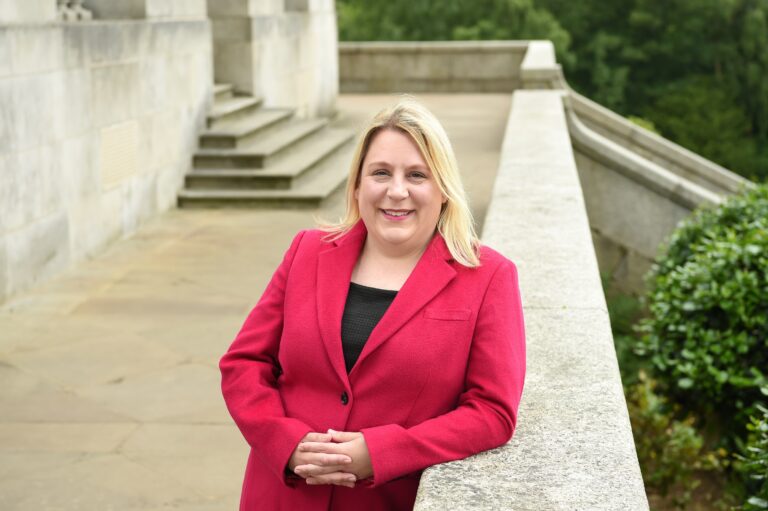
New director Clare will lead our private client team
News
–

Introducing ‘flexible furlough’ – further changes to Coronavirus Job Retention Scheme
Blog
–

Managing residential lettings on rural properties
Blog
–

How will the Coronavirus Job Retention Scheme (CJRS) operate after June 2020?
Blog
–

Taking the right path on redundancy and restructuring
Blog
–

Turnover Rent: A future consideration for commercial landlords and tenants
Blog
–

Top tips for managing seasonal workers for businesses in the agricultural sector
Blog
–

Plan early to avoid unnecessary redundancies, warns employment lawyer Roger Spence
Blog
–

Coronavirus Job Retention Scheme: Preparing your employees’ return to work
Blog
–

Construction sector update: Managing the reopening of sites
Blog
–

Making Lasting Powers of Attorney to manage your affairs during lockdown
Blog
–

What social distancing means for business: Manufacturing
Blog
–

A guide to commercial contracts and force majeure clauses
Blog
–

Rural sector update: Agricultural subsidies and preparing for an uncertain future
Blog
–

Planning for the future – Getting restructuring and redundancy right
Blog
–

Can early years providers access the Coronavirus Job Retention Scheme?
Blog
–

Preparing a will during the coronavirus lockdown
Blog
–

Coronavirus: How to preserve commercial landlord and tenant relationships
Blog
–
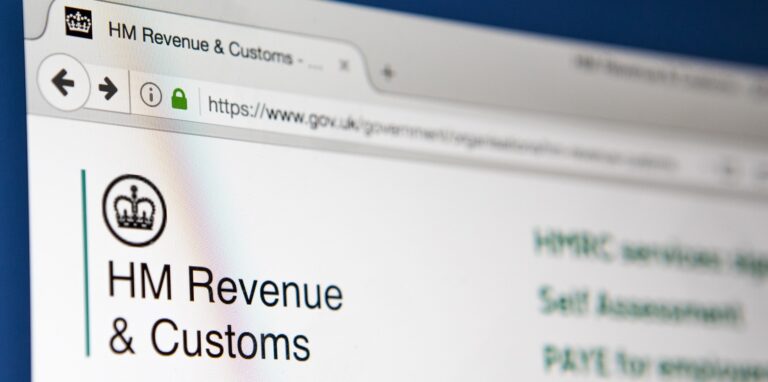
Coronavirus Job Retention Scheme: Making a claim
Blog
–

Why you should have a will: Who will inherit and how much?
Blog
–

Coronavirus Act 2020: Implications for landlords and tenants
Blog
–

Furloughing workers – Do I need written agreement from staff?
Blog
–

What social distancing means for business: Hospitality and retail
Blog
–

The Coronavirus Job Retention Scheme – Updated guidance for employers
Blog
–

Coronavirus Job Retention Scheme: Warnings against fraudulent claims
Blog
–

Furloughing staff – how is annual leave affected?
Blog
–

Providing independent legal advice during the coronavirus crisis
Blog
–

Harrison Drury advises Ellison Solicitors on strategic merger
News
–

What social distancing means for business: Organising events
Blog
–

Helping St Catherine’s Hospice in these difficult times
News
–

Harrison Drury launches rapid response team for coronavirus loans
Blog
–

Witnessing documents during the coronavirus pandemic
Blog
–

Seven promotions for Harrison Drury team
News
–

A practical guide to directors’ duties during the coronavirus pandemic
Blog
–

Coronavirus: Support for the self-employed
Blog
–

How can I retain my employees during the coronavirus outbreak?
Blog
–

Coronavirus and its impact on the construction sector
Blog
–

Managing childcare arrangements for separated couples during the coronavirus outbreak
Blog
–

How businesses can protect their finances during the COVID-19 pandemic
Blog
–

The Coronavirus Bill – what it means for landlords and tenants
Blog
–
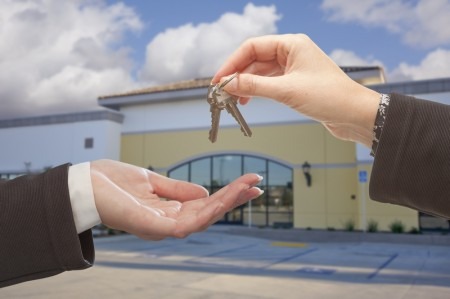
Coronavirus – Do my obligations under a commercial lease still stand?
Blog
–

How can I retain my employees during the coronavirus outbreak?
Blog
–

Coronavirus, working from home and staff absence – latest updates
Blog
–

Can coronavirus be cited in force majeure claims?
Blog
–

Harrison Drury named ‘Legal Business of the Year’ at Red Rose Awards 2020
News
–

Budget 2020 and coronavirus – What employers need to know
Blog
–

Harrison Drury announces chosen charities for 2020
News
–

Attractive future for Clitheroe beautician’s business
News
–

Coronavirus in the workplace – reducing risk to your staff and business
Blog
–

Is an Islamic faith marriage protected under English law?
Blog
–

Harrison Drury is ‘onboard’ with Lancaster City FC
News
–

Football club dispute shows importance of shareholder agreements
Blog
–

Do directors’ duties remain after a company enters into a formal insolvency process?
Blog
–

Drafting construction contracts for modular projects – the importance of defining ‘sign off’
Blog
–

What does a ‘conservation covenant’ mean for landowners?
Blog
–

Preston firms prepare for ‘Battle of the Bands’
News
–

Katie qualifies as our new accountant
News
–

Sussex Royal saga has lessons for protecting the family business
Blog
–

What is the difference between a positive covenant and a fencing easement?
Blog
–

Government launches survey on sexual harassment in the workplace
Blog
–

Can I protect the access to sunlight to my solar panels?
Blog
–

What ‘promoting professionalism, reforming regulation’ means for healthcare professionals
Blog
–

Catherine joins Harrison Drury’s property team
News
–

Harrison Drury advises as Barton Grange hotel acquired
News
–

100 Years of Women in Law: Rebecca Patience
News
–

What happens if a valid will is found after the administration of an estate?
Blog
–

Haulage firm chooses Leyland for new distribution centre
News
–

Harrison Drury invests in future with new trainees and apprentices
News
–

Charity race night is a runaway success
News
–

Harrison Drury named Legal Firm of the Year
News
–

Lorna scales heights to raise funds for North West Blood Bikes
News
–

Say hello to our newest solicitor Kerry Southworth
News
–

Congratulations to our new solicitor Alex Walmsley
News
–

Clitheroe office raises £100 to support Shelter
News
–

Legal costs of divorce – who pays?
Blog
–

Harrison Drury welcomes new trainees
News
–

Harrison Drury’s resident band rocks London’s iconic 100 Club
News
–
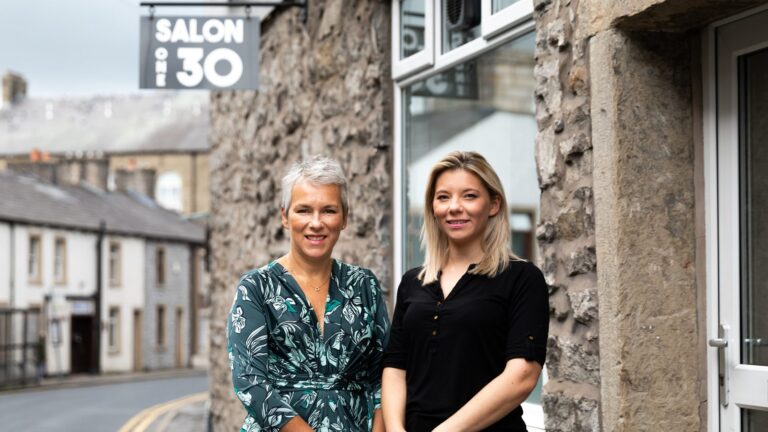
New hairdressing salon makes the cut in Clitheroe
News
–

Local businesses purchase defibrillator for Winckley Square
News
–

Harrison Drury backs Preston Grasshoppers in shirt sponsorship deal
News
–

Double award win for leading Lancashire law firm
News
–

Lancaster law firm raises money for animal charity
News
–

Harrison Drury team conquer Yorkshire Three Peaks
News
–
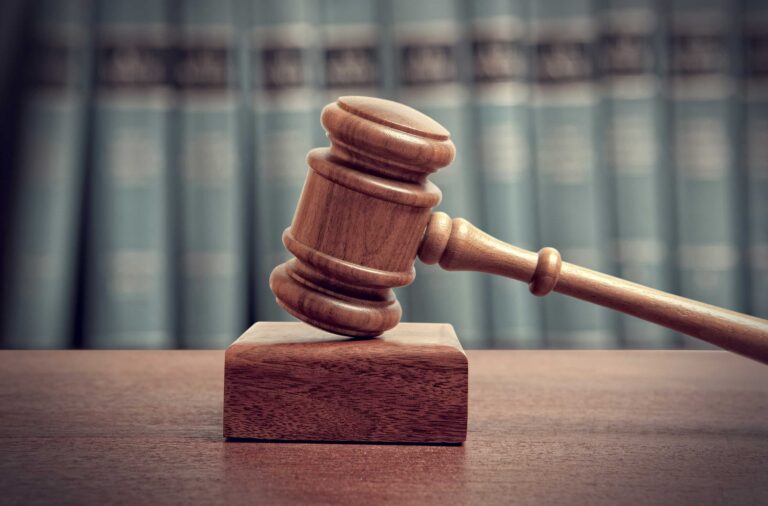
What happened in the case of Owens v Owens?
Blog
–

Harrison Drury advises Blink-Photo on CIC Creative acquisition
News
–

Charity gig raises cash for Kendal Mountain Rescue
News
–
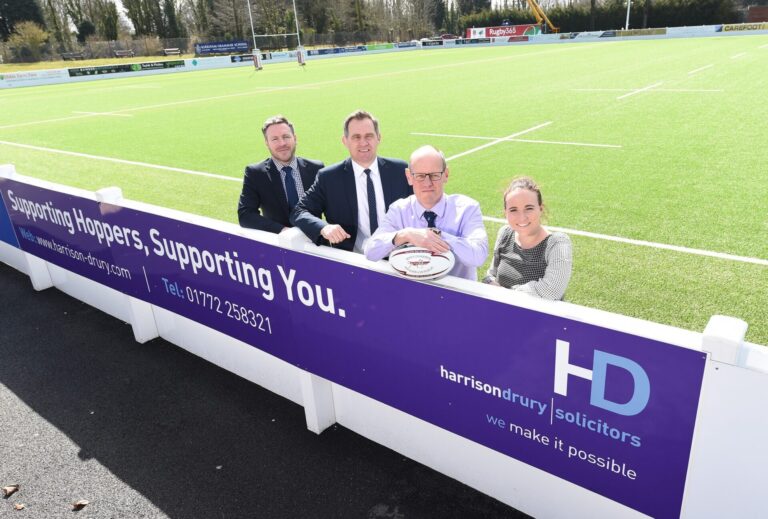
Harrison Drury advises Preston Grasshoppers on land sale
News
–

Young law leaders look ahead to bright future
News
–
Harrison Drury clinches ‘Best Companies’ hat-trick
News
–

Harrison Drury advises County Group on sale
News
–

Five promotions at Harrison Drury
News
–

Anvic Developments sells three offices to Seneca Property
News
–

What are the new changes to child maintenance laws?
Blog
–

Harrison Drury band rocks its way to London
News
–

Property expert Wendy joins firm’s Clitheroe office
News
–

Harrison Drury advises UAE firm on £6.5m Wrexham warehouse deal
News
–

Tracey strengthens firm’s residential property team
News
–

Legal expert Jan becomes Age UK South Lakeland trustee
News
–
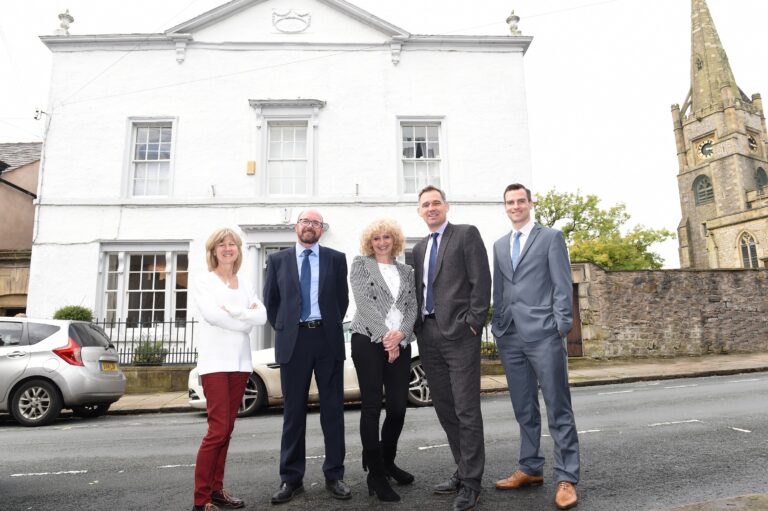
Harrison Drury merges with Ribble Valley firm
News
–

Law firm’s growth leads to Preston expansion
News
–

Harrison Drury helps sell 350-year-old inn
News
–
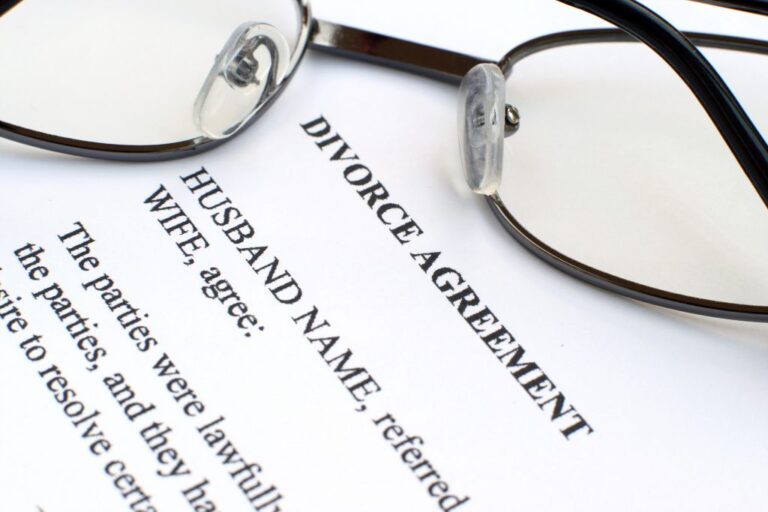
Can my spouse refuse me a divorce?
Blog
–

New head of family law for Harrison Drury
News
–

Understanding Directors’ Personal Guarantees and Corporate Insolvency
Blog
–

Harrison Drury wins ‘Legal Business of the Year’ award
News
–

What can employers do about staff using mobile phones whilst driving?
Blog
–
Harrison Drury keeps place among UK’s top employers
News
–

Harrison Drury appoints new directors
News
–

Will I be able to keep my inheritance if I get divorced?
Blog
–

What happens when people die with no will or heirs?
Blog
–

Harrison Drury advises on Preston Grasshoppers artificial pitch investment
News
–

Band’s gig to raise cash for South Lakeland Carers
News
–

Will my son’s girlfriend be entitled to half of the house if they separate?
Blog
–

Harrison Drury uses the force for Lytham Festival
News
–

New head for Harrison Drury’s conveyancing team
News
–

Blackburn firm expands with new premises
News
–
Harrison Drury hits Top 40 in ‘Best Companies’ list
News
–

Go ahead for new industrial units in Clitheroe
News
–
Harrison Drury named among best UK employers
News
–

Harrison Drury advises on sixth County Group buyout
News
–

Clitheroe event takes in Tour of Britain
News
–

Contesting a will: What are my options if I’m left out of a will?
Blog
–

Philippa nurtures expansion at Lancaster nursery
News
–

Licensing lawyers help concert firm clinch date with Tom Jones
News
–

More growth for Harrison Drury’s property team
News
–

Lancaster solicitors expand with office switch
News
–

Challenging and enforcing restrictive covenants
Blog
–

The Cohabitation Rights Bill – what does it mean for unmarried couples?
Blog
–

Harrison Drury supports expansion at FDC Holdings
News
–

Hannah boosts property team at Harrison Drury
News
–

Harrison Drury opens Ribble Valley office following merger
News
–

Harrison Drury scoops top business award
News
–

Harrison Drury moves to grow Kendal presence
News
–

Harrison Drury invests in the future with trainees
News
–

Amanda Marwood joins Harrison Drury property team
News
–
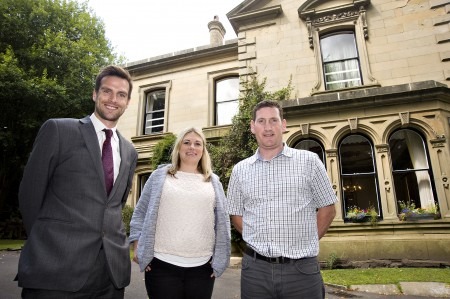
Care comes naturally to new owner Melissa
News
–

Cumbria duo targeting restaurant success
News
–

Harrison Drury’s role in Lytham Proms success
News
–

Law firm’s role in Rod Stewart tour success
News
–

Leading lawyer Jan Wright joins Harrison Drury
News
–

Harrison Drury clinches top business award
News
–

Harrison Drury lands litigation duo
News
–

Can my former spouse force the sale of our marital home?
Blog
–

Harrison Drury helps Cuffe & Taylor expand into new premises
News
–

Harrison Drury opens Lancaster office
News
–

Harrison Drury is sailing with Rod Stewart tour
News
–
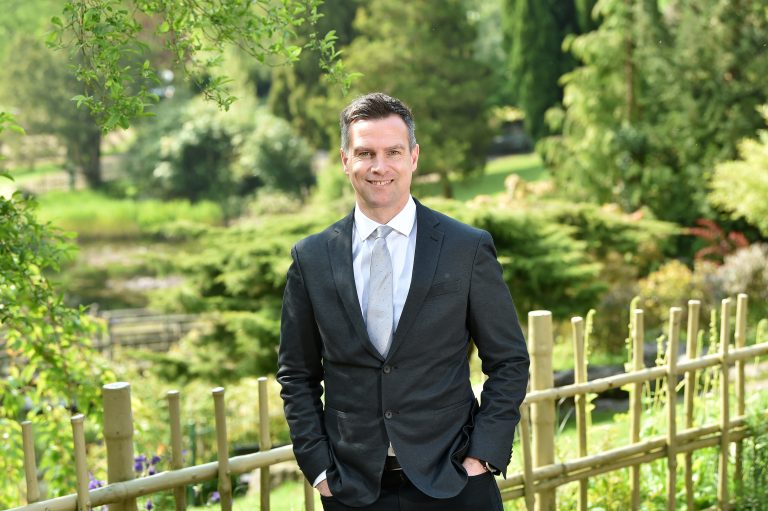
Harrison Drury takes on England
News
–

James Robbins gains insolvency qualification
News
–

Clients benefit from Harrison Drury’s international alliance
News
–

Harrison Drury helps Blackpool BID defend levy claim
News
–

High Court victory for client in property dispute
News
–

Harrison Drury opens Kendal office
News
–

Harrison Drury clinches trio of accreditations
News
–

Harrison Drury strengthens dispute resolution team
News
–

Naomi Fell joins Harrison Drury’s commercial team
News
–

Applying for relief from forfeiture
Blog
–

What is a company reorganisation and what are the legal implications?
News
–

Harrison Drury advises on purchase of iconic Old Fives
News
–

Harrison Drury completes Preston office move
News
–

Could ‘deferred consideration’ help you get that deal done?
News
–

Harrison Drury backs bid to revive historic Winckley Square
News
–

What is an injunction and who can use them?
Blog
–

The five golden rules of management buyouts
Blog
–

Harrison Drury shortlisted for Red Rose Awards
News
–

£80,000 Property Dispute dismissed after Harrison Drury legal challenge
News
–
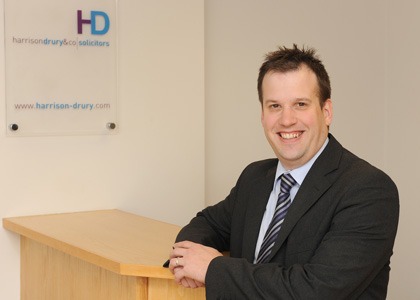
Harrison Drury boosts litigation team
News
–

Harrison Drury opens Garstang office
News
–

HD wins top award
News
–

Chancel Repair Liability?
Blog
–

Squatters Rights?
Blog
–

Get off my land!!
Blog
–
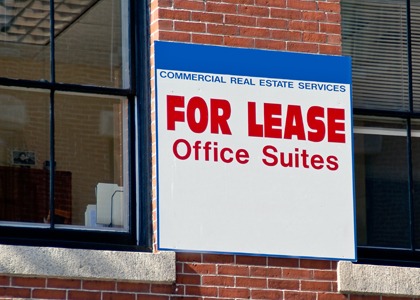
5 things a tenant should know about commercial leases
News
–

New managing partner appointed
News
–
